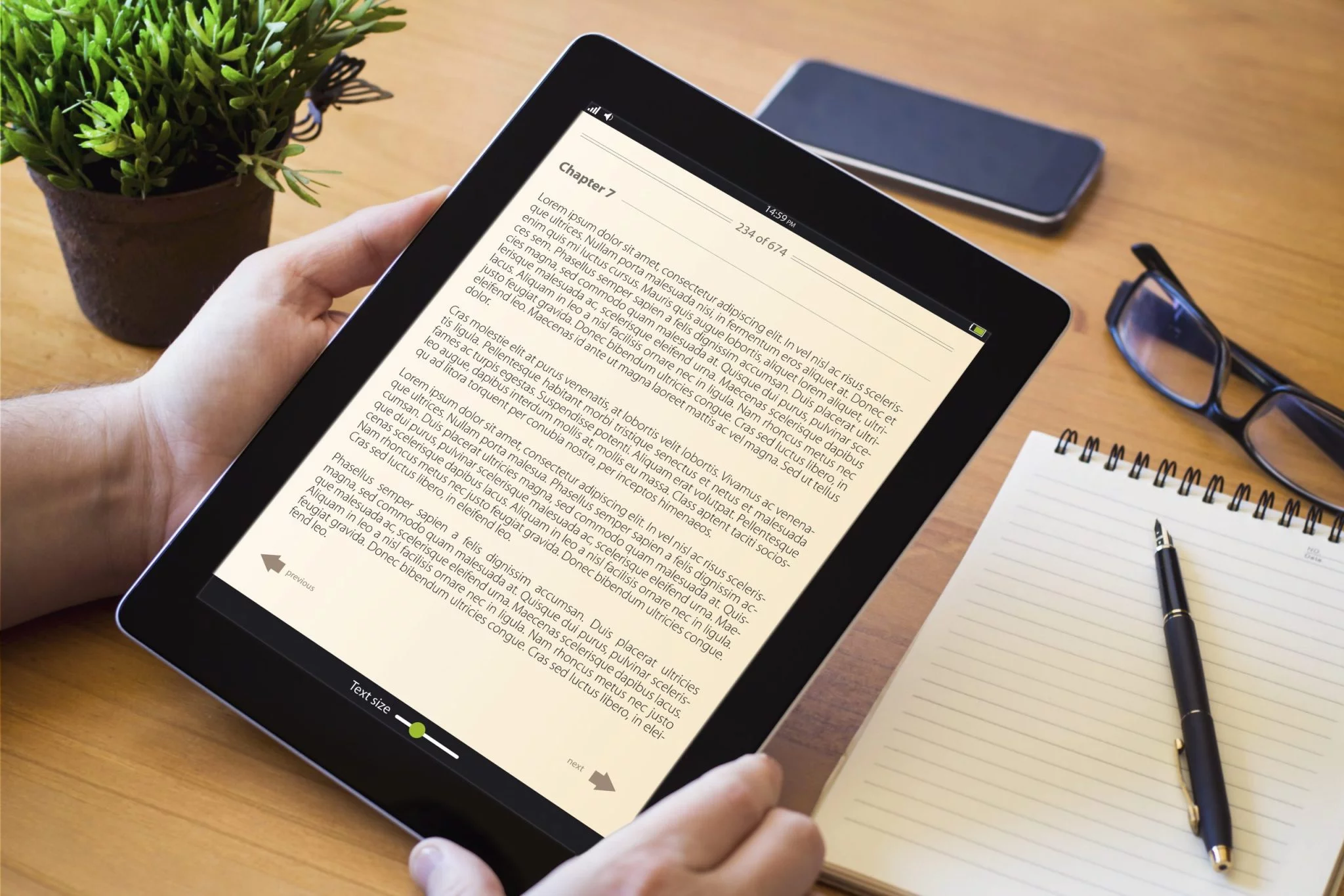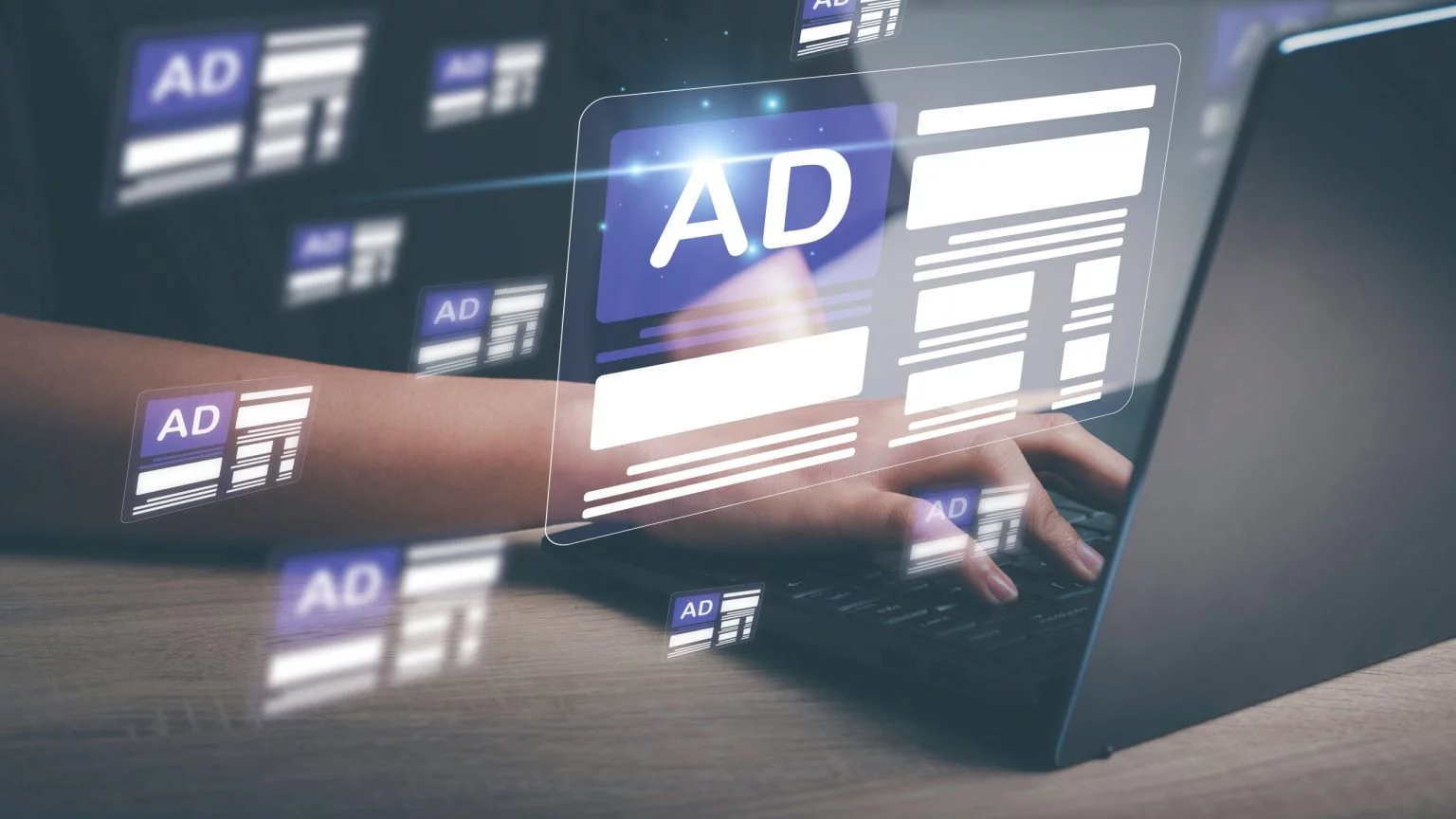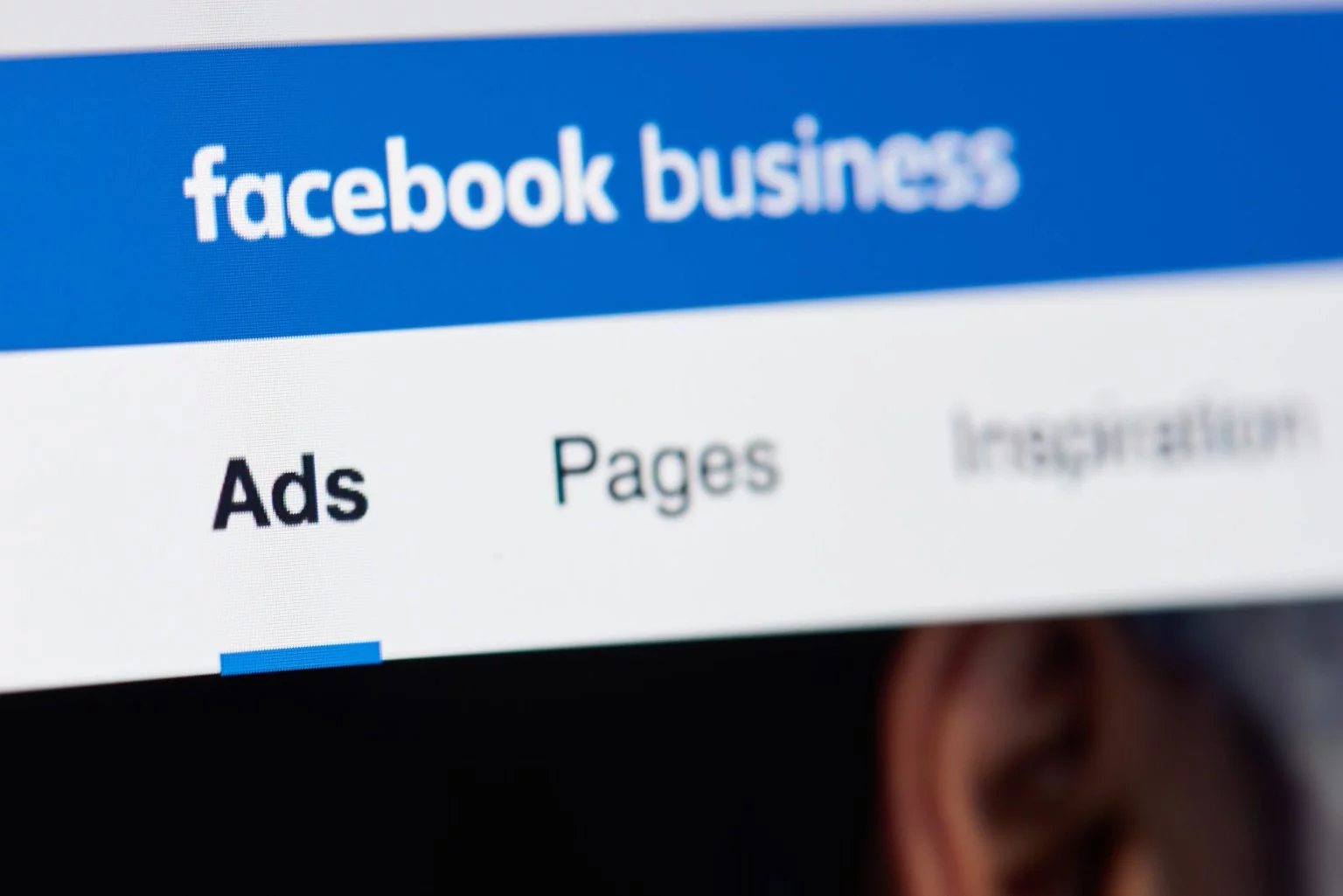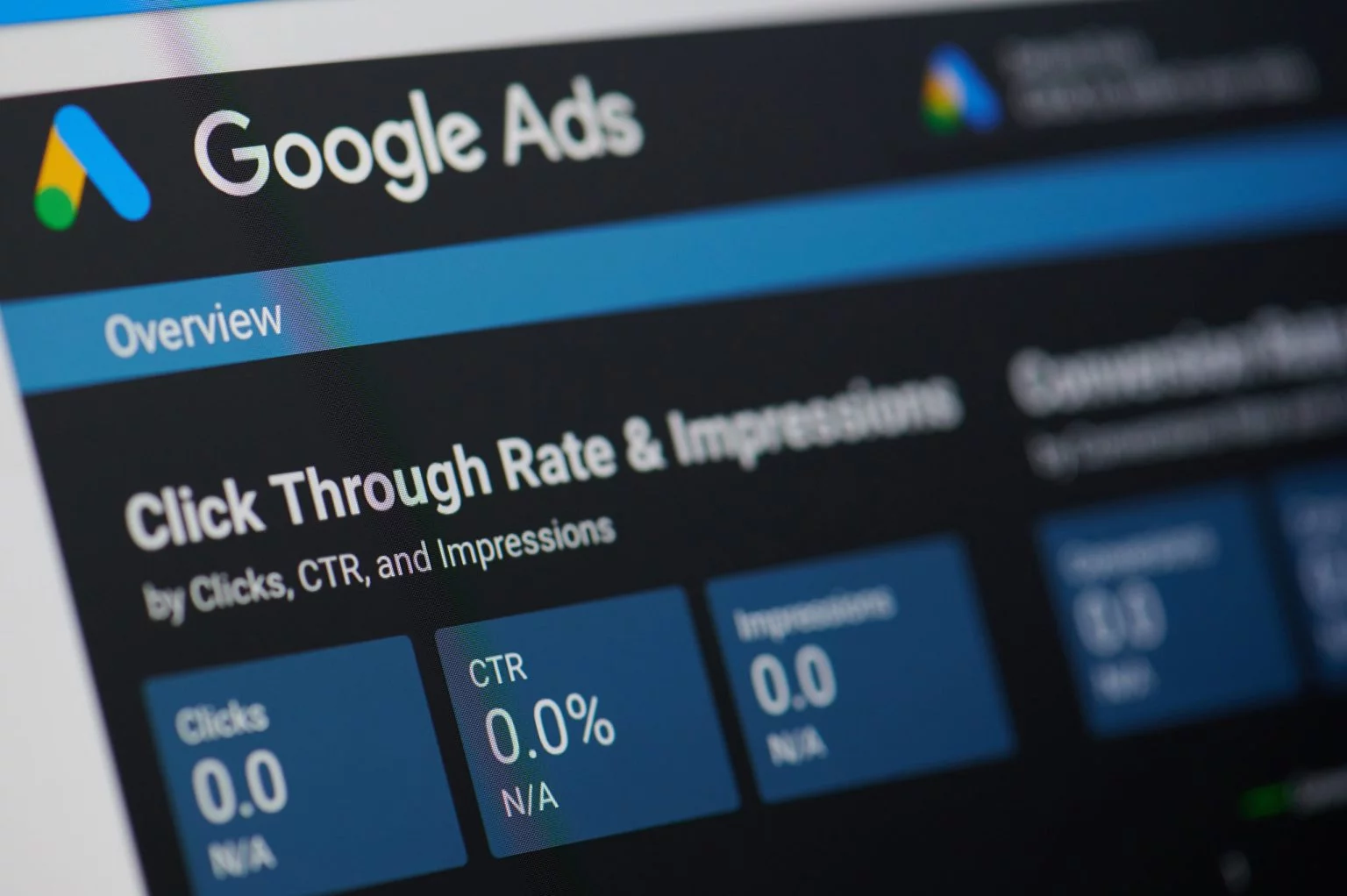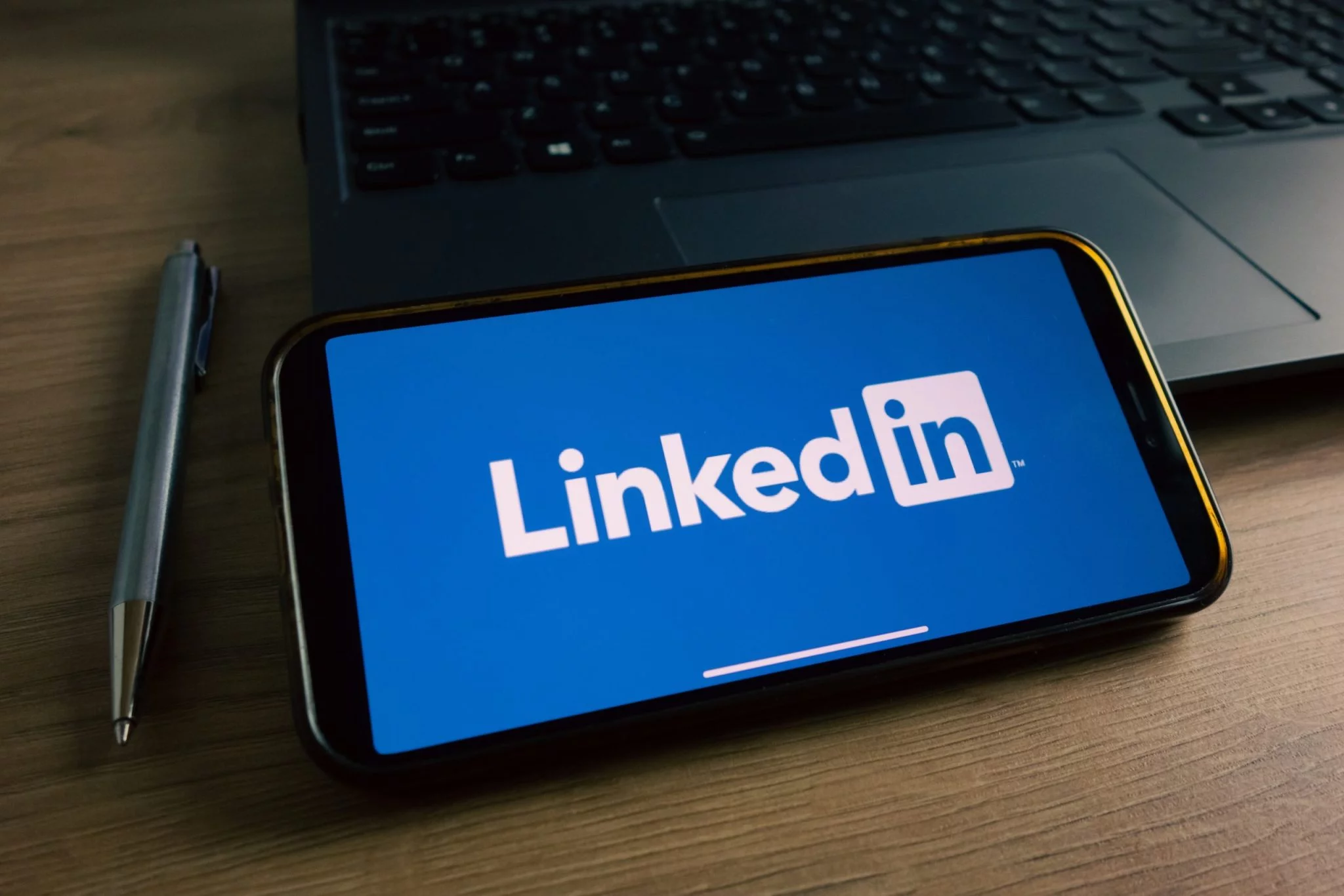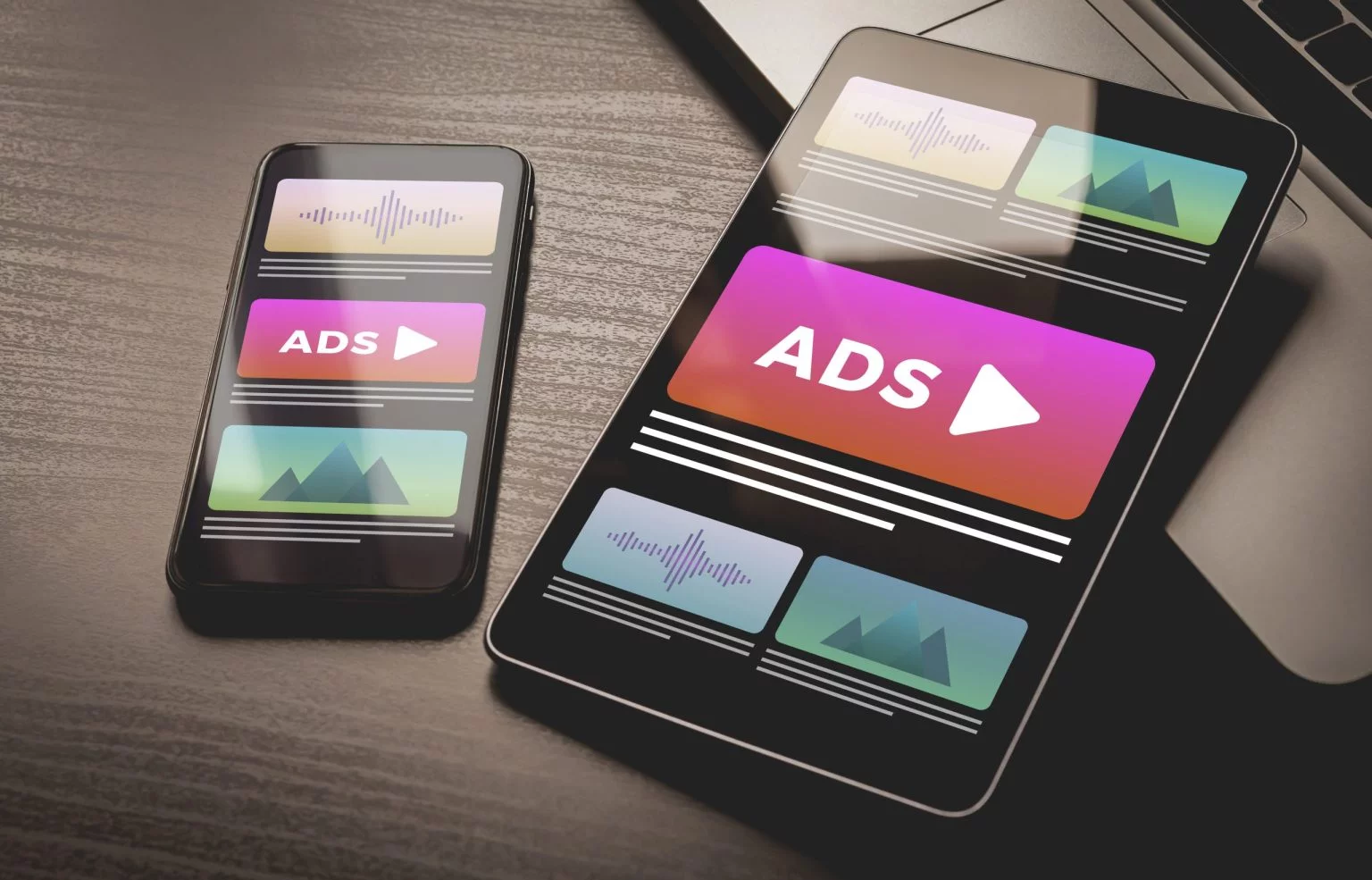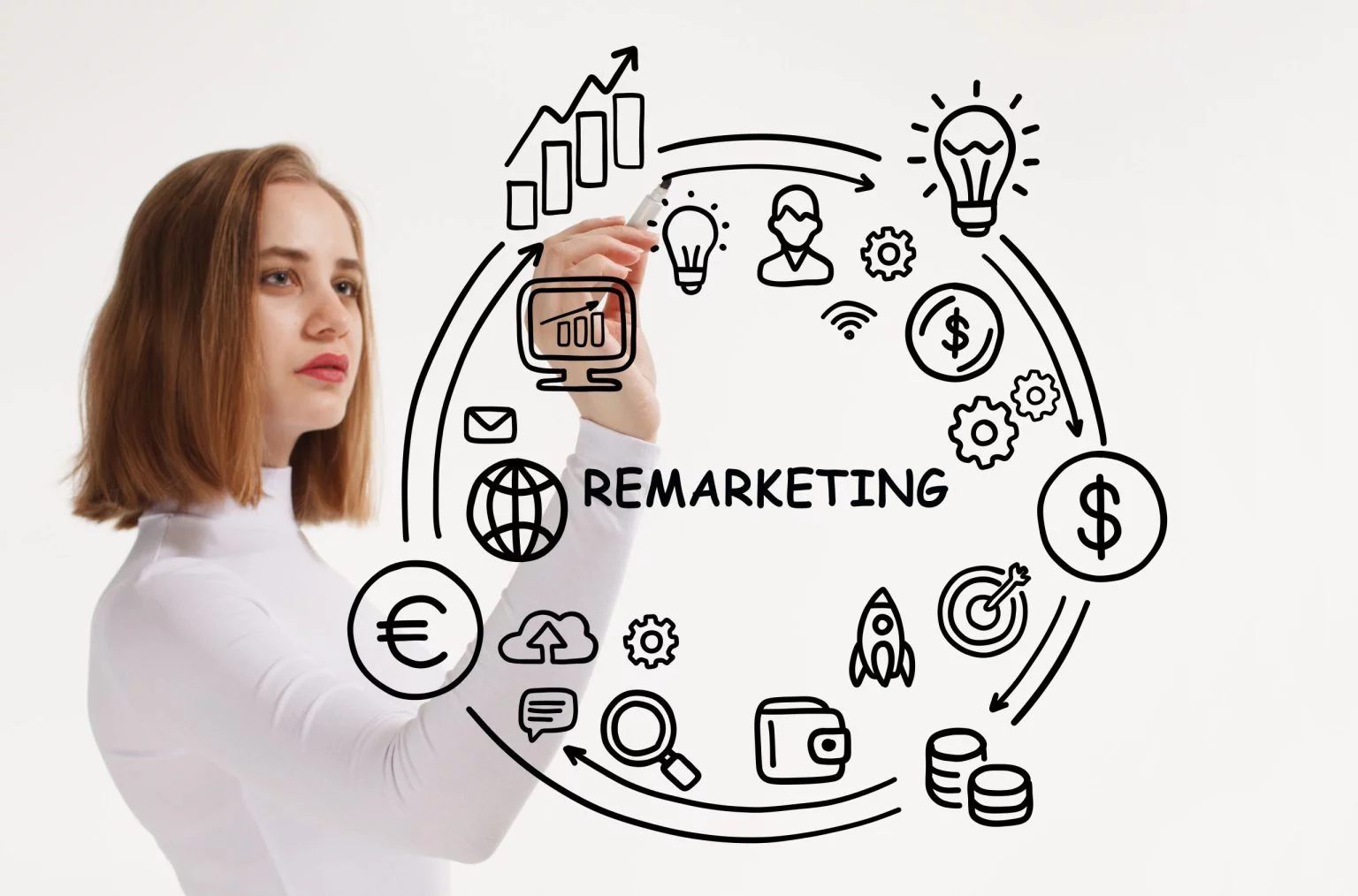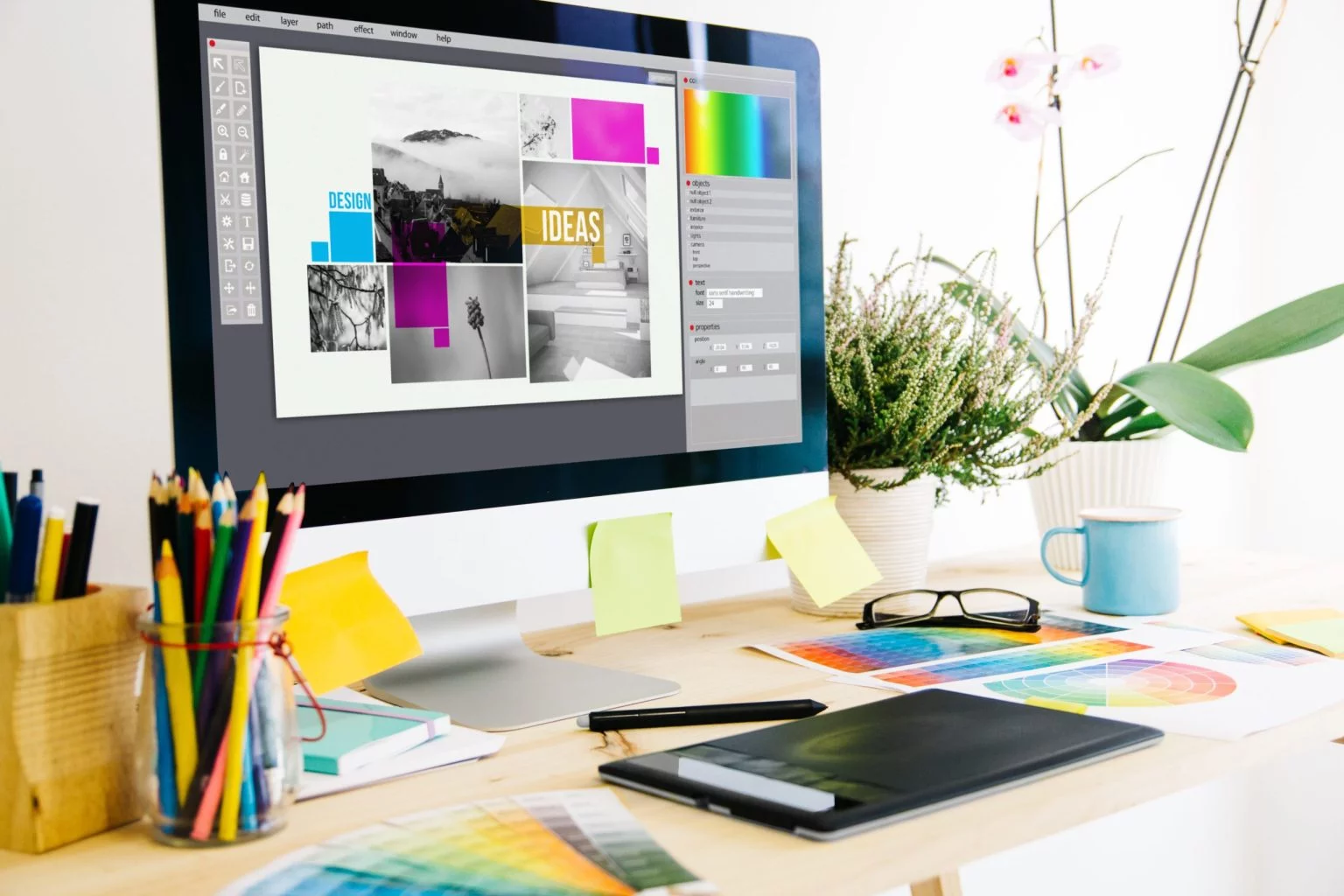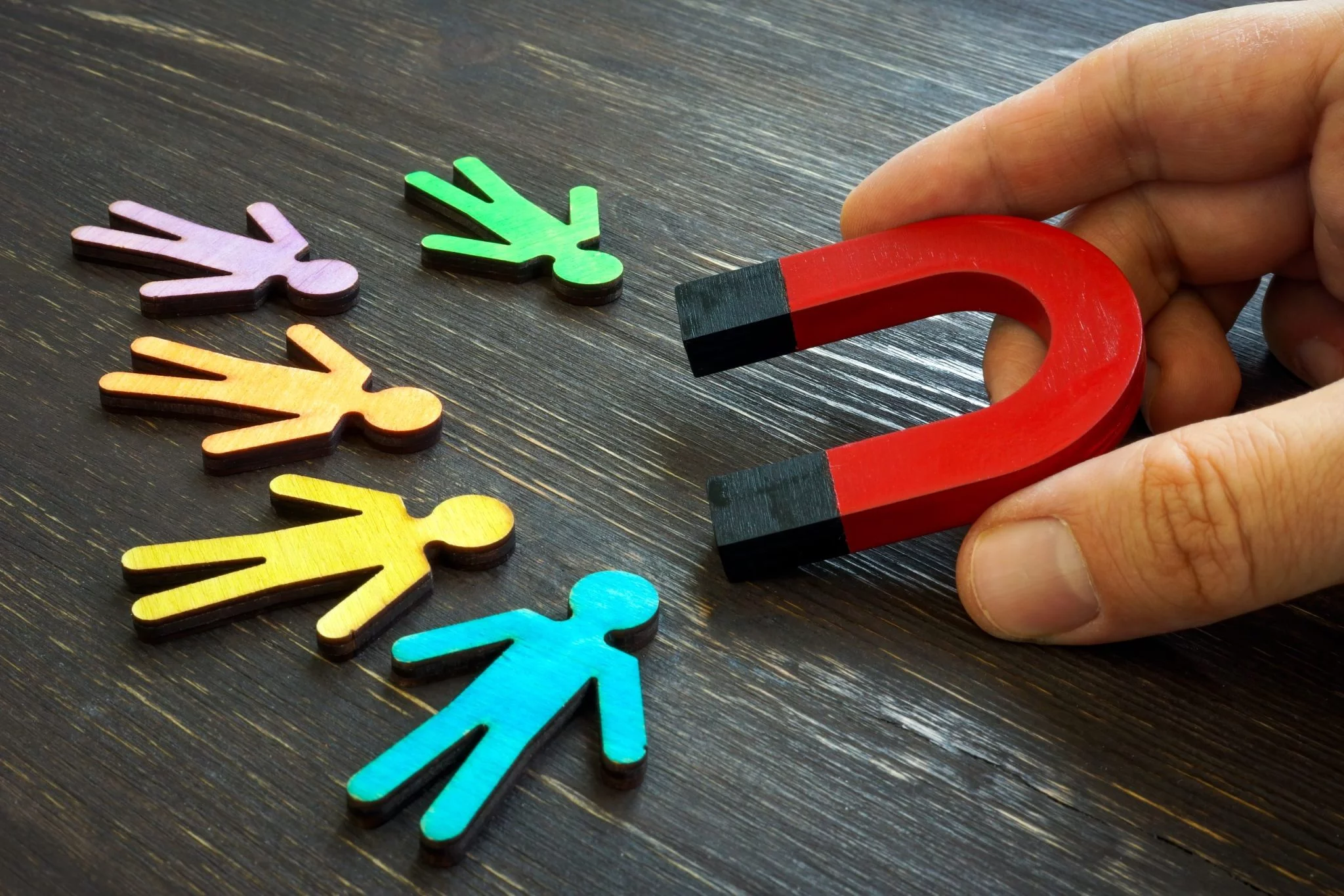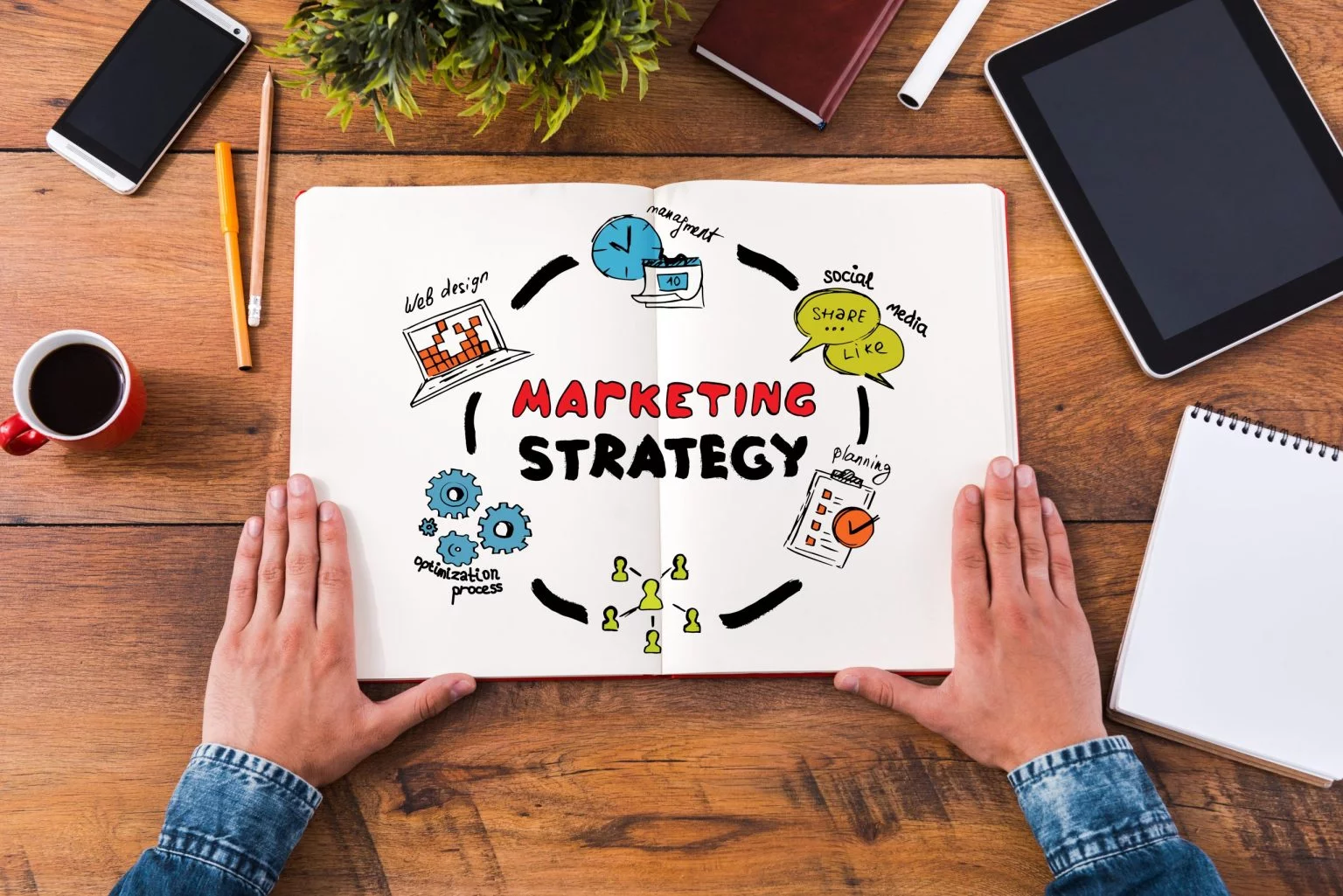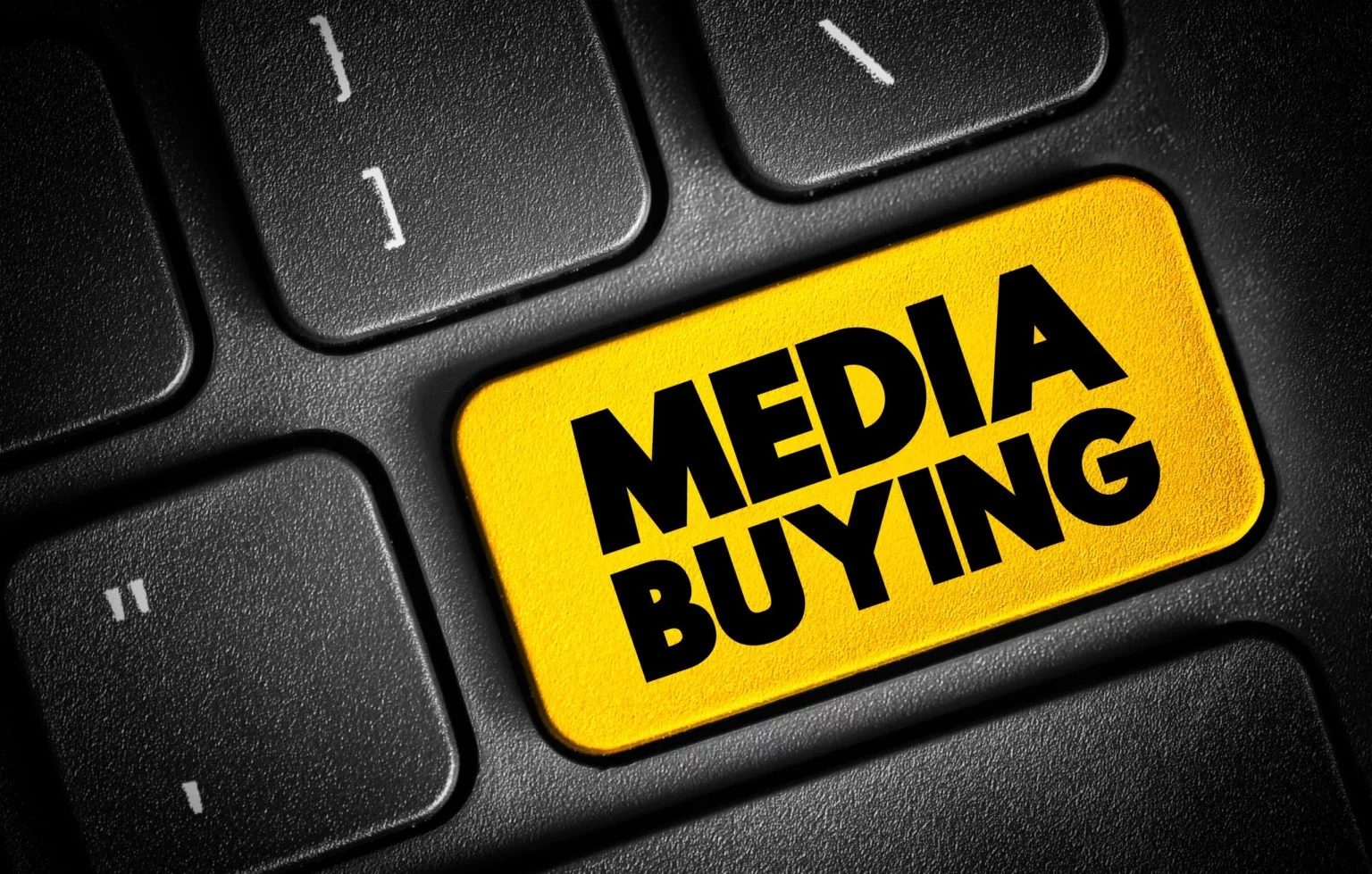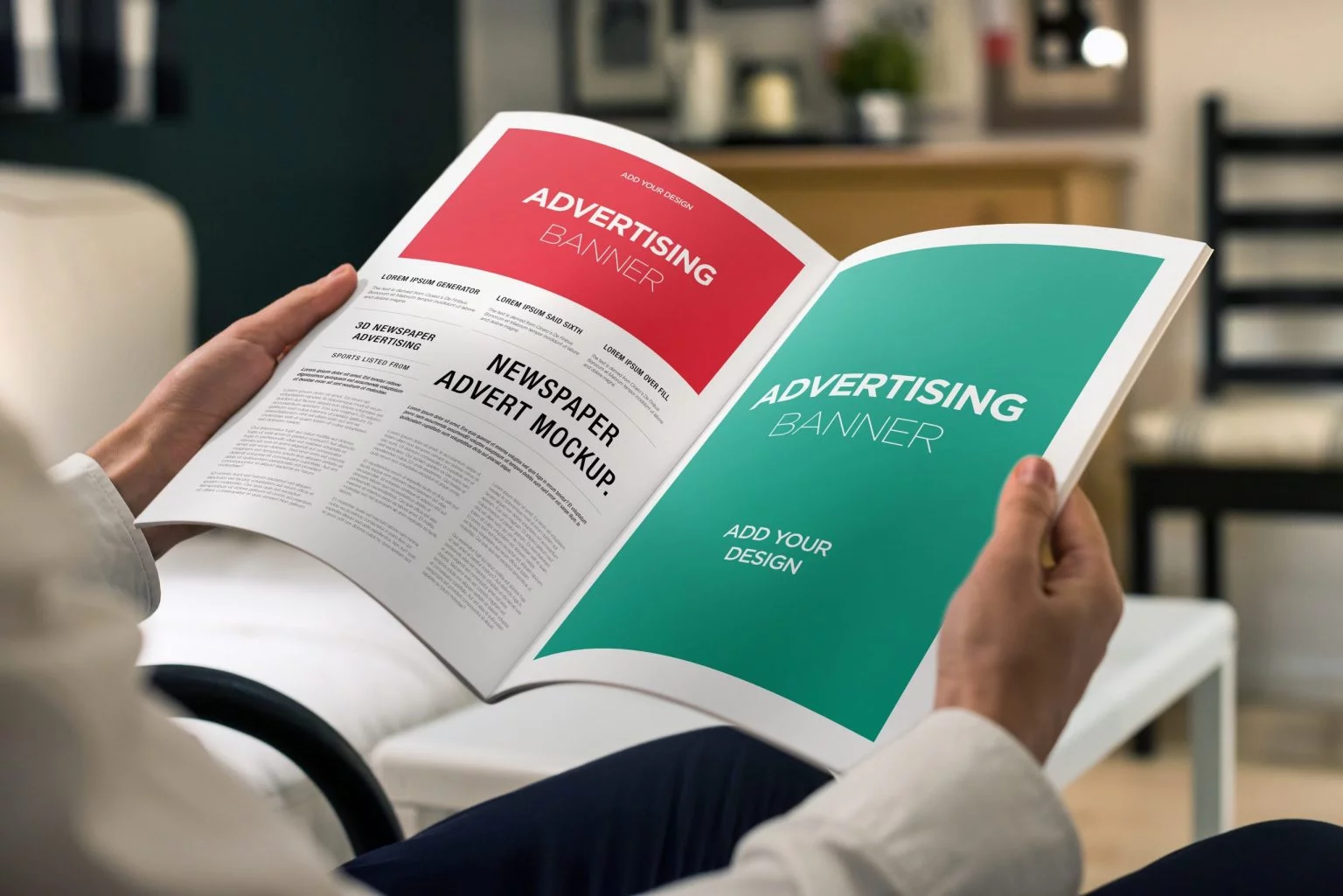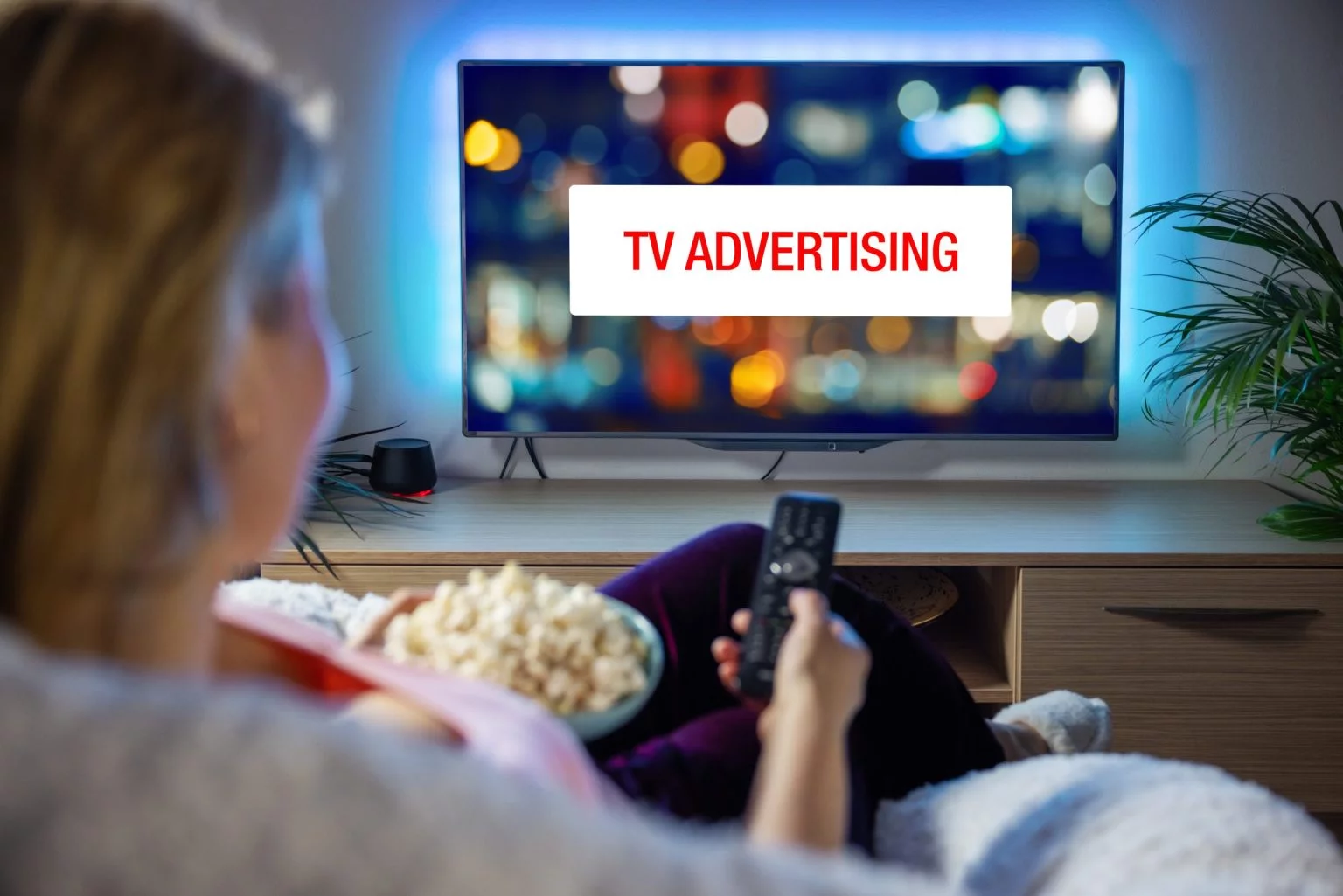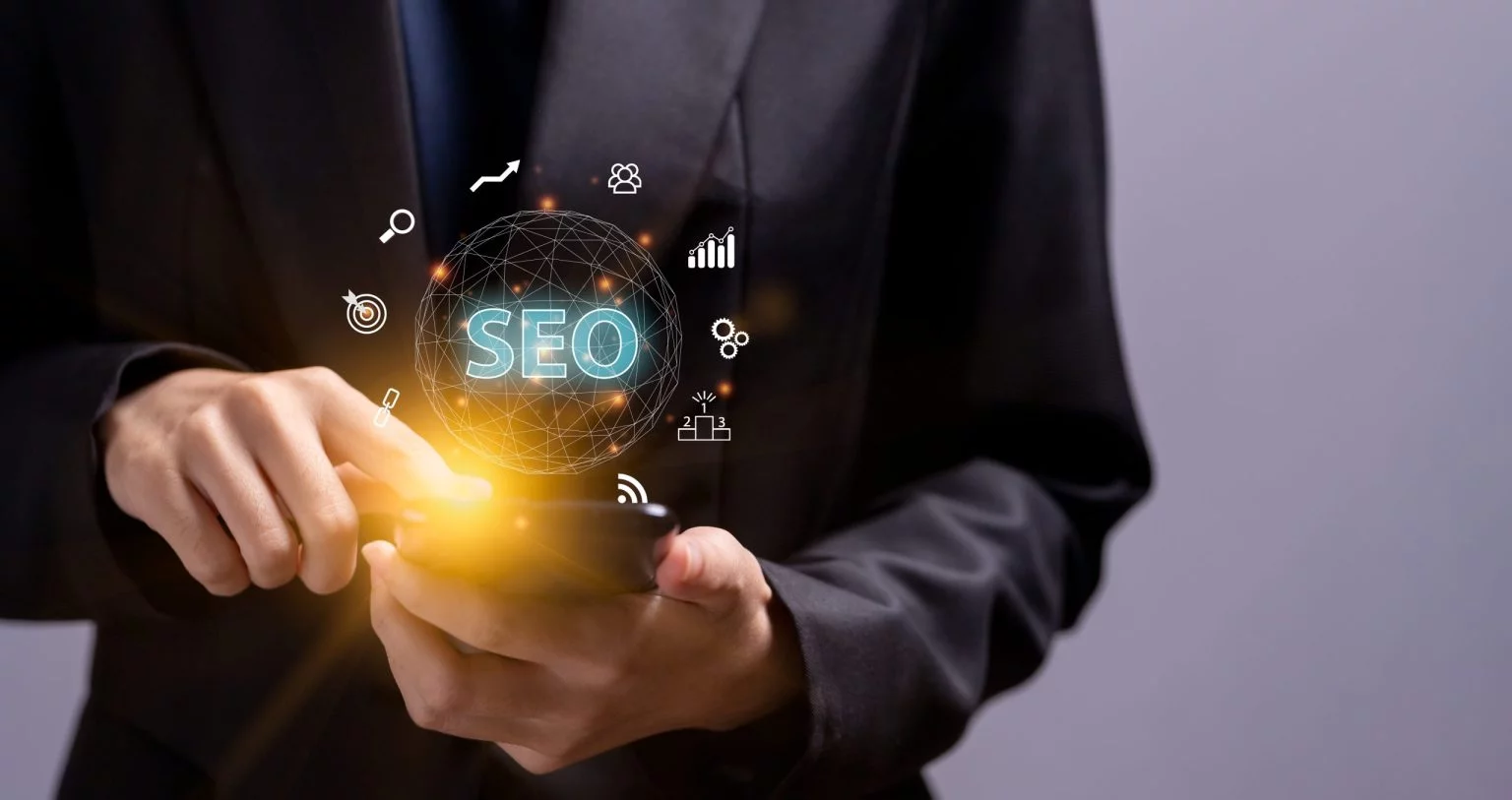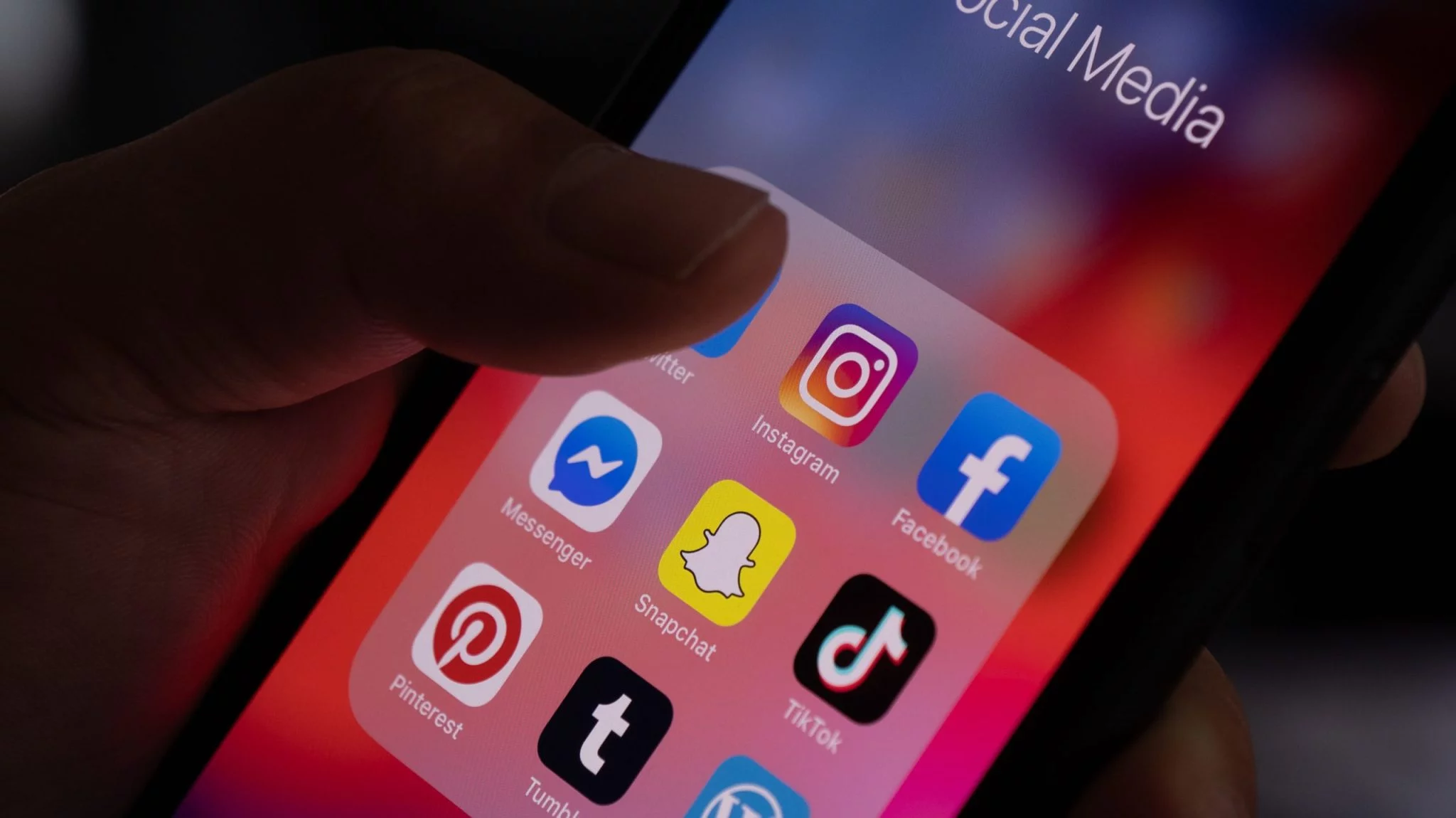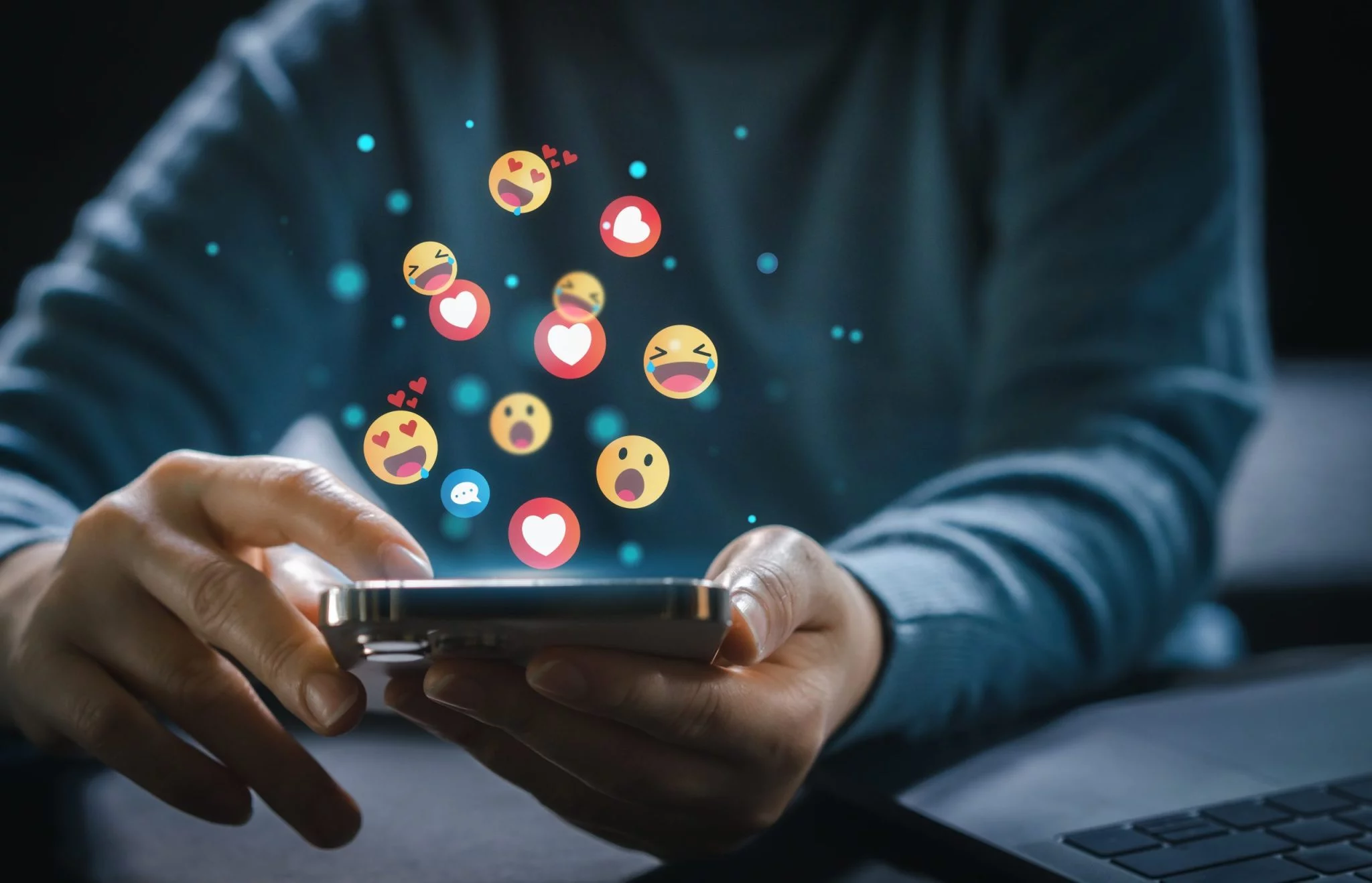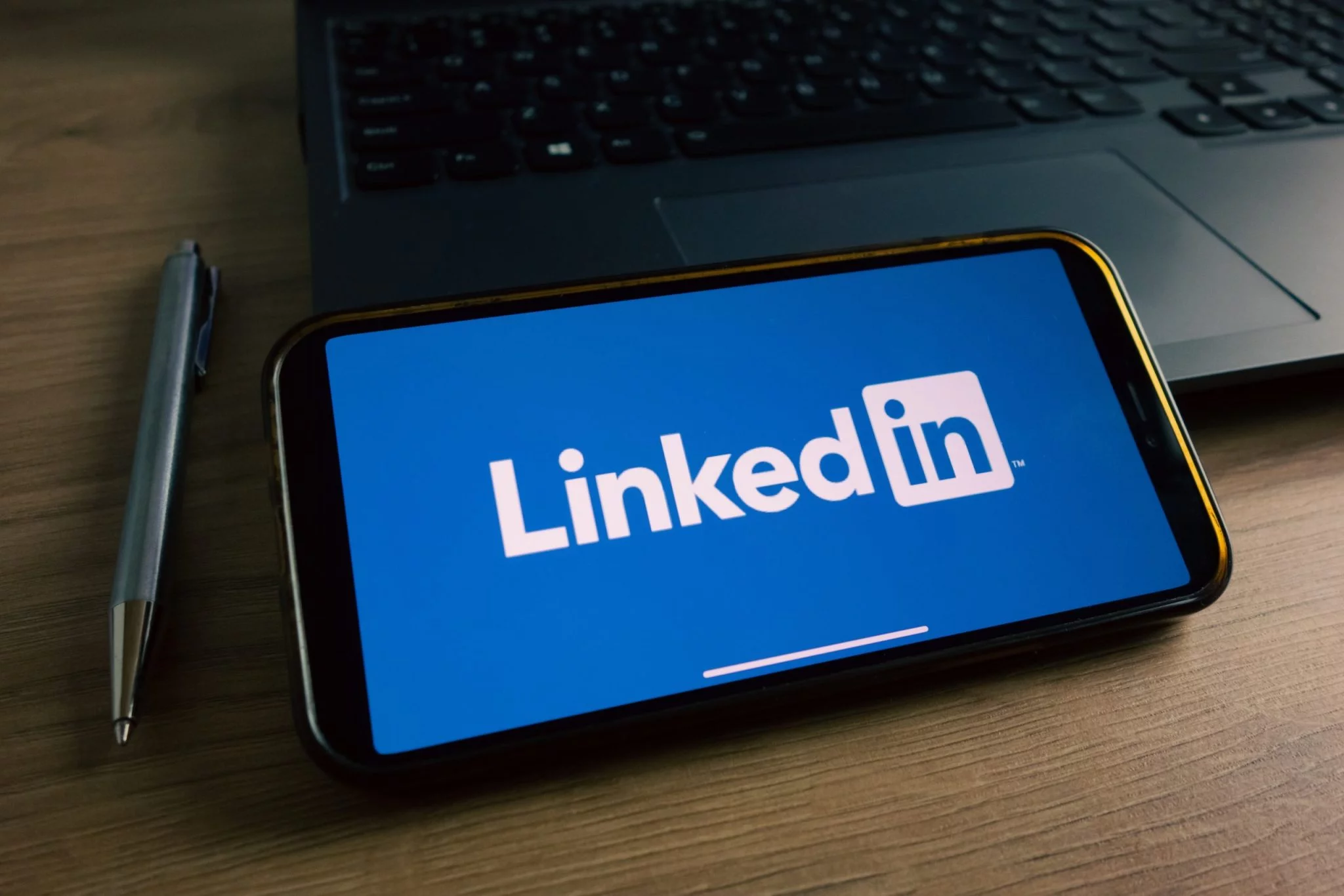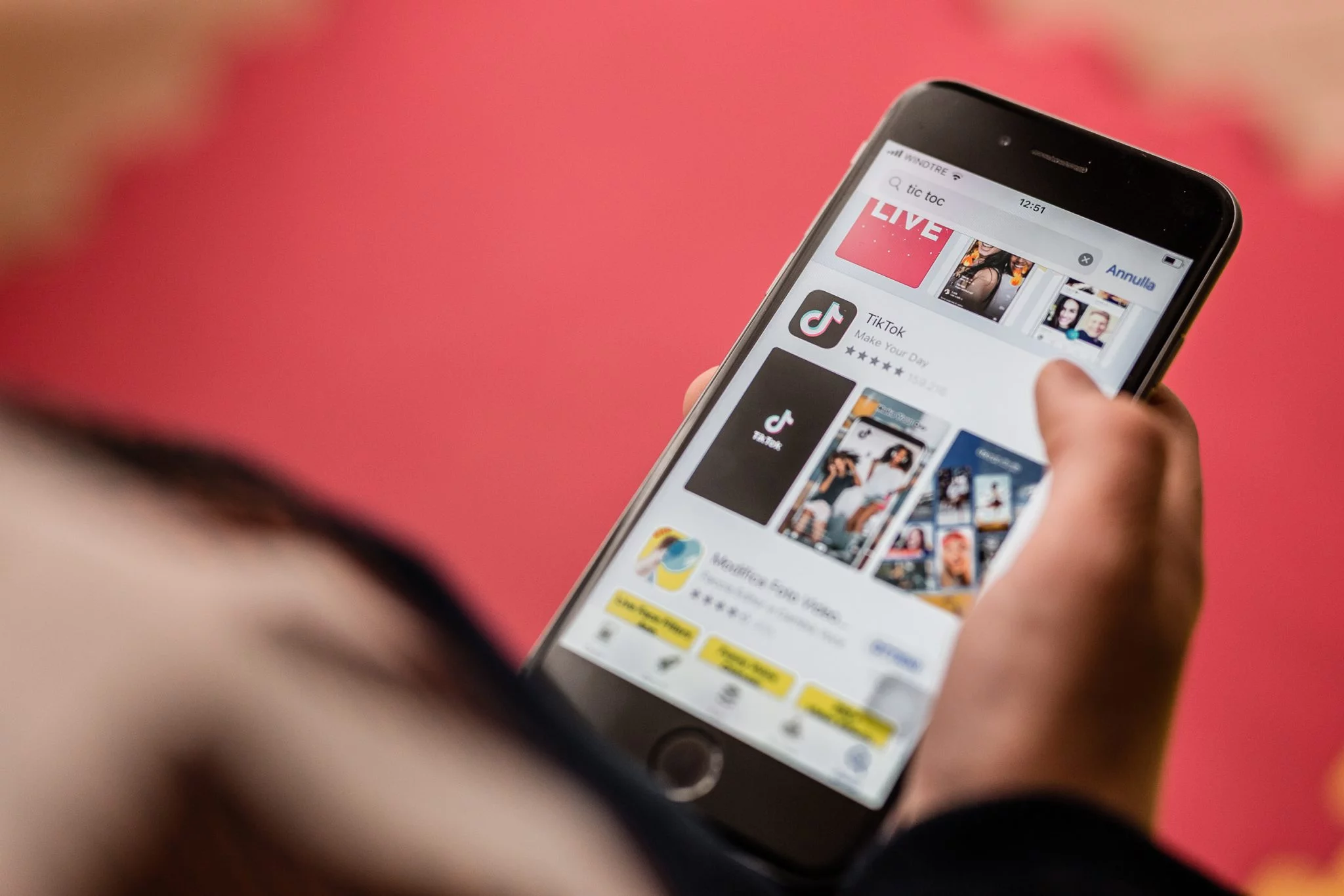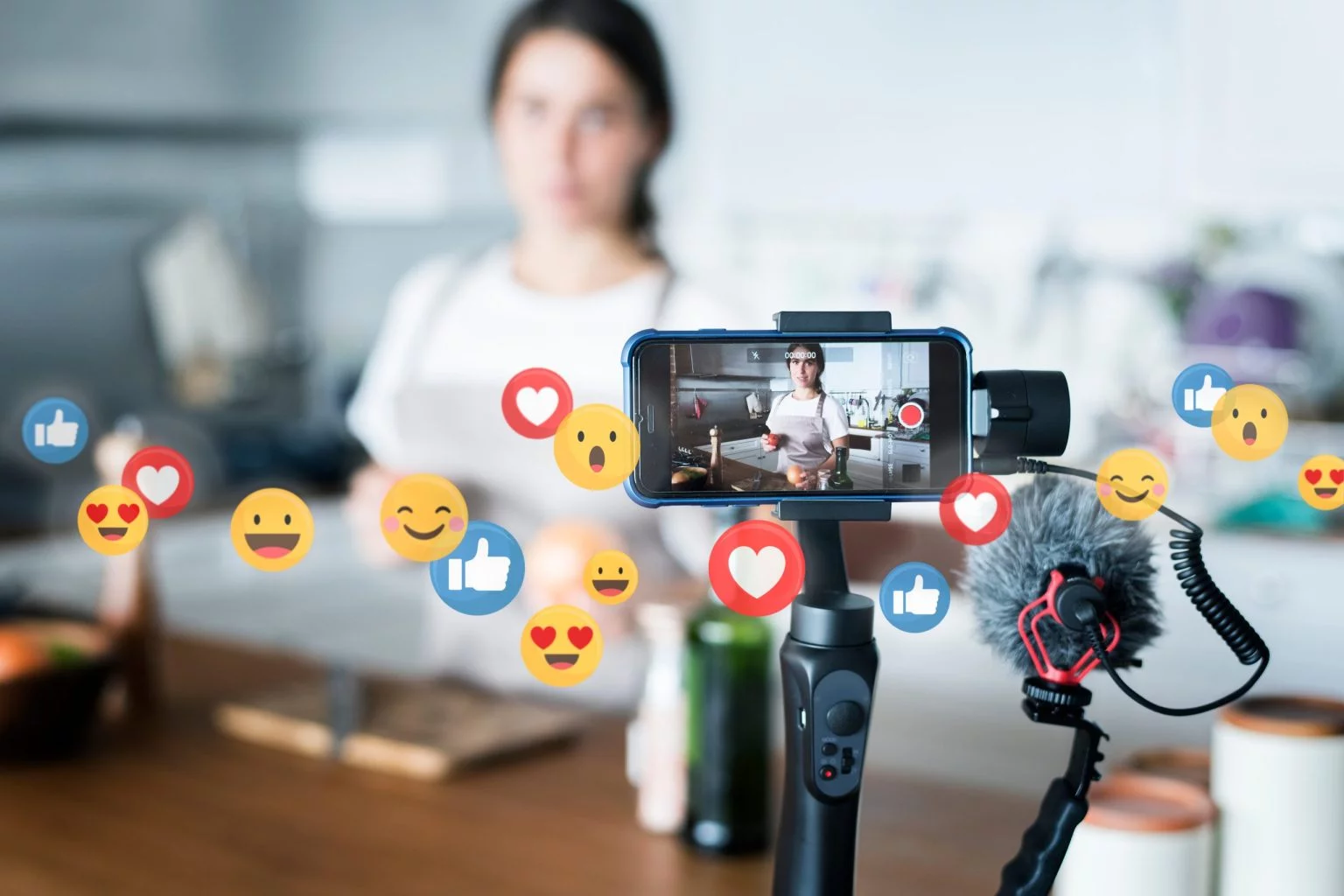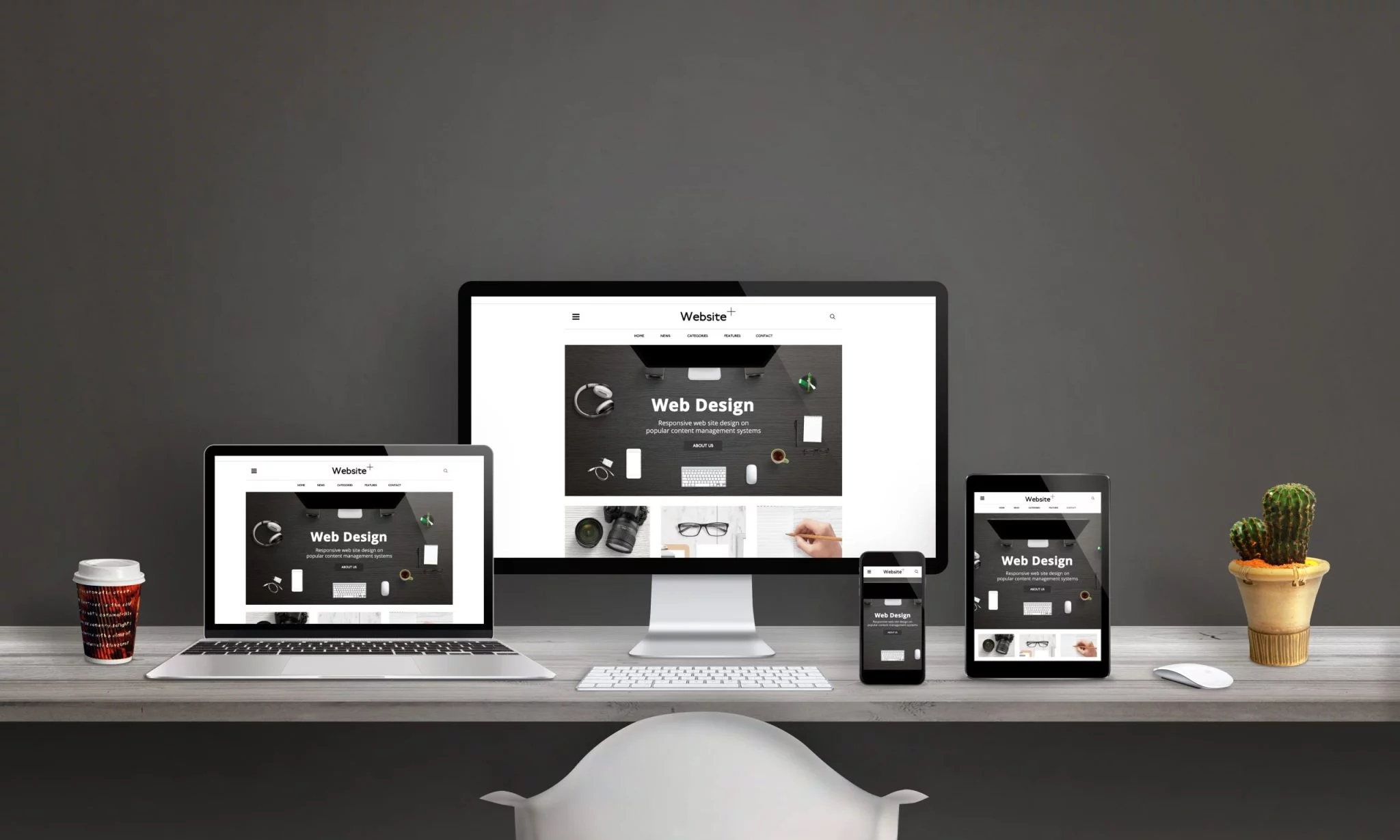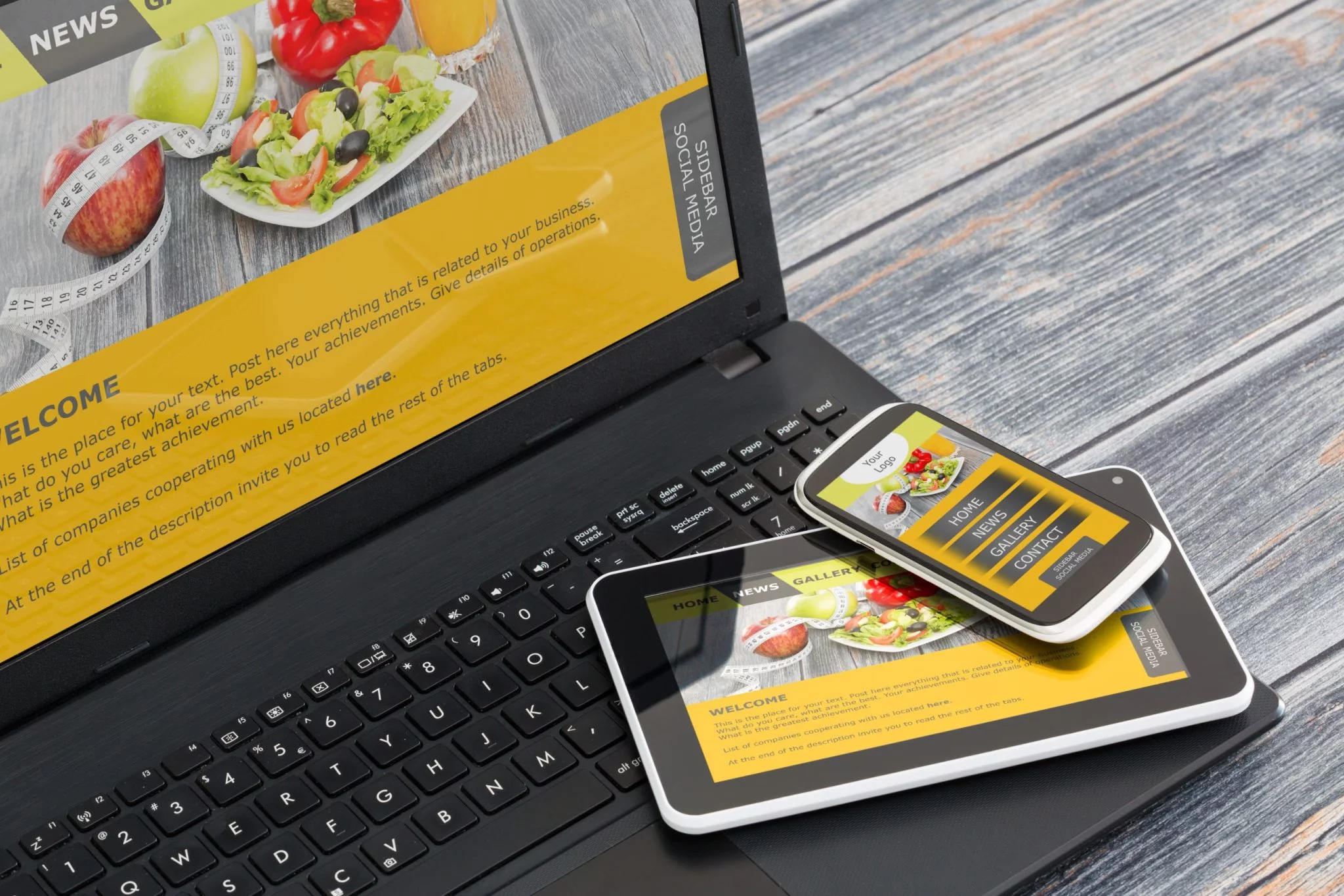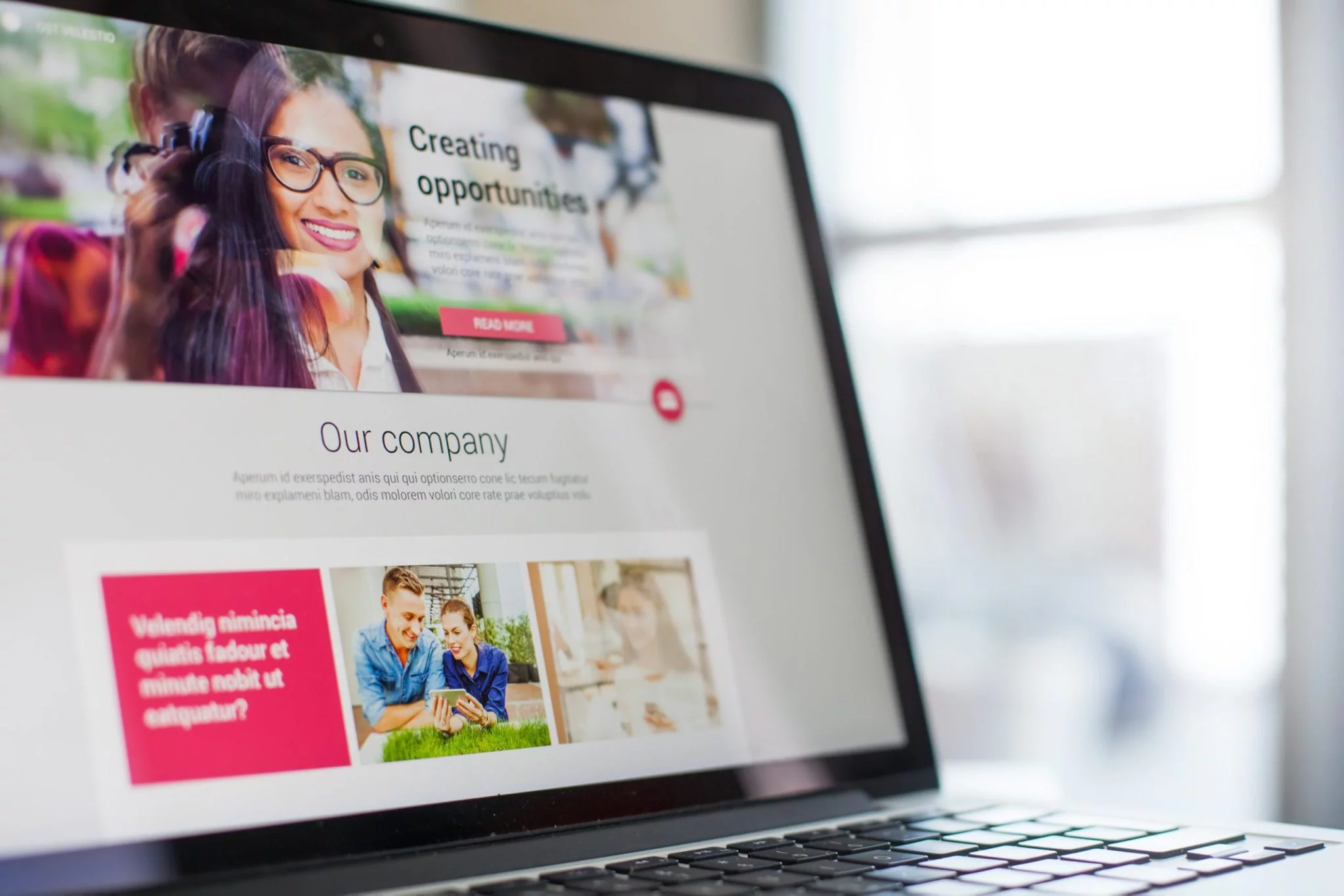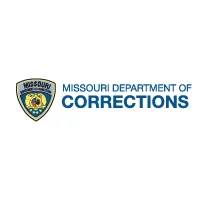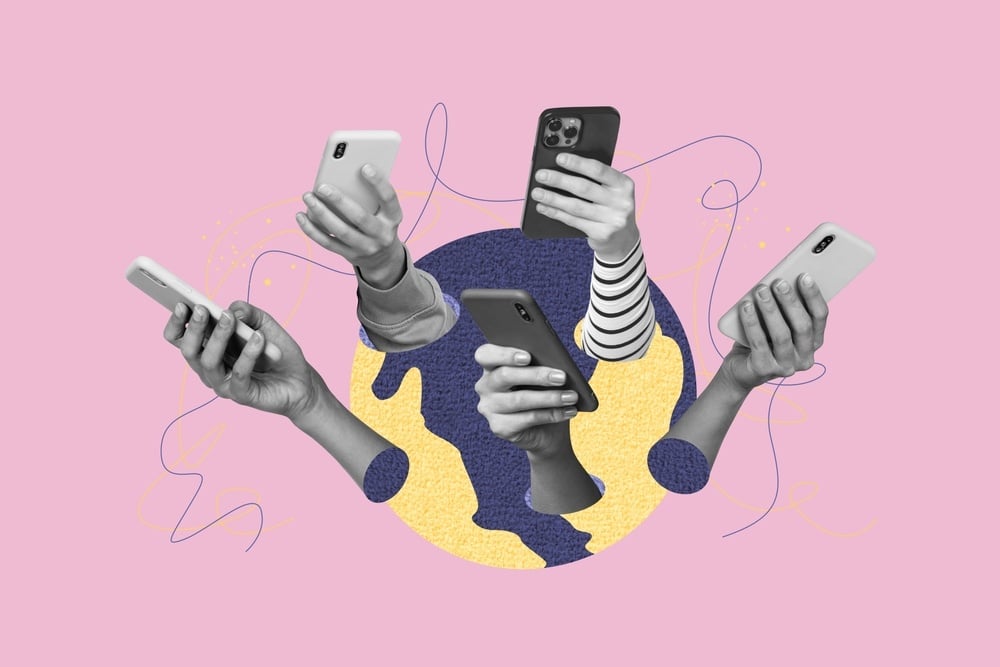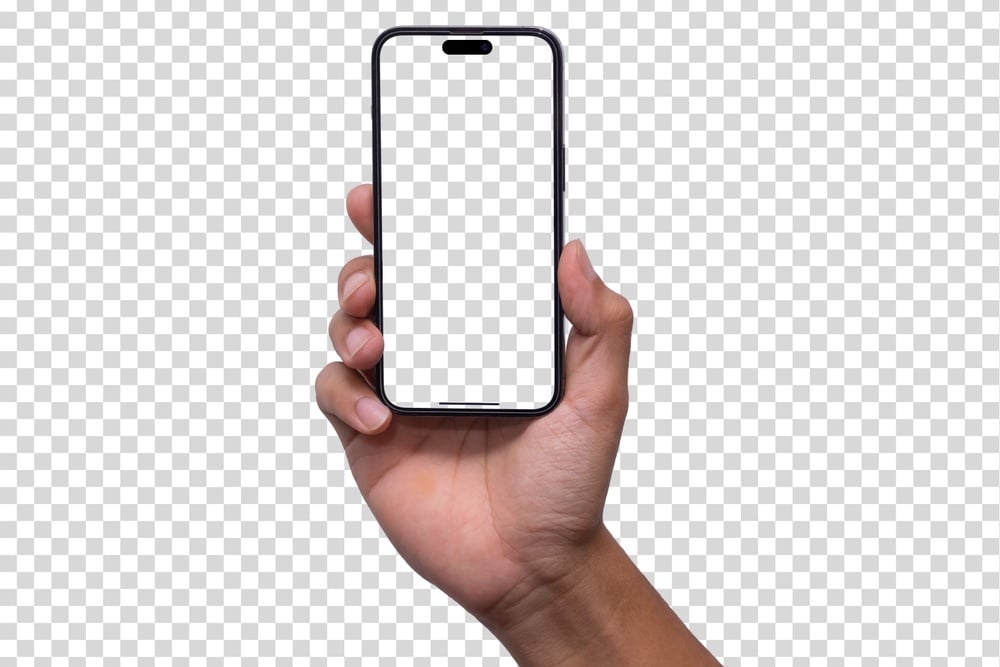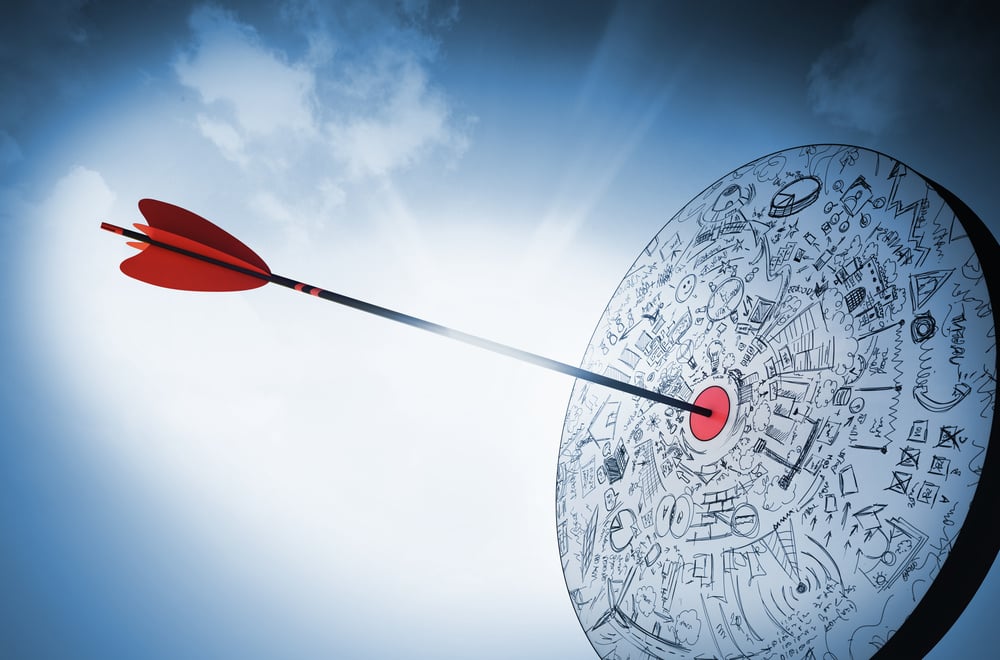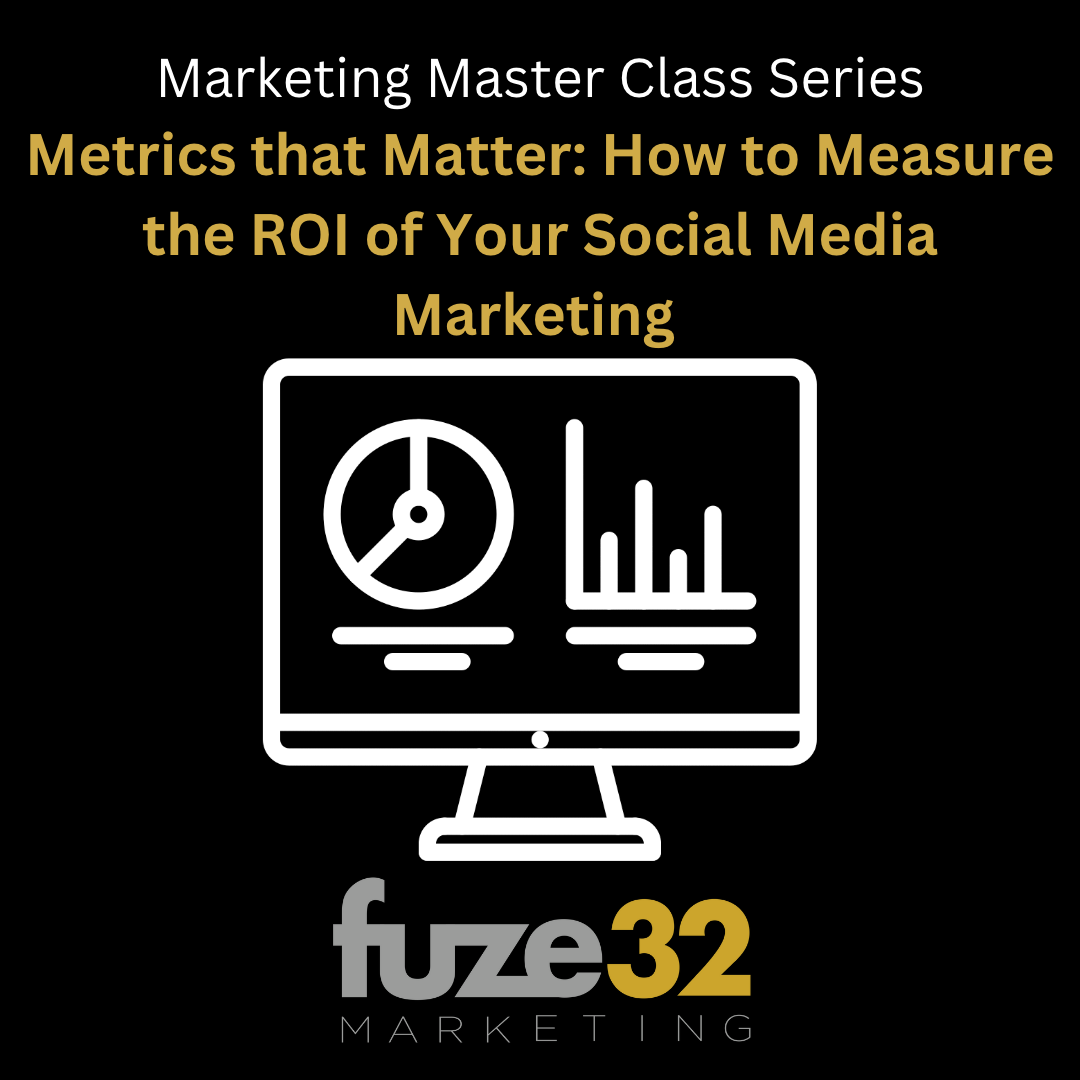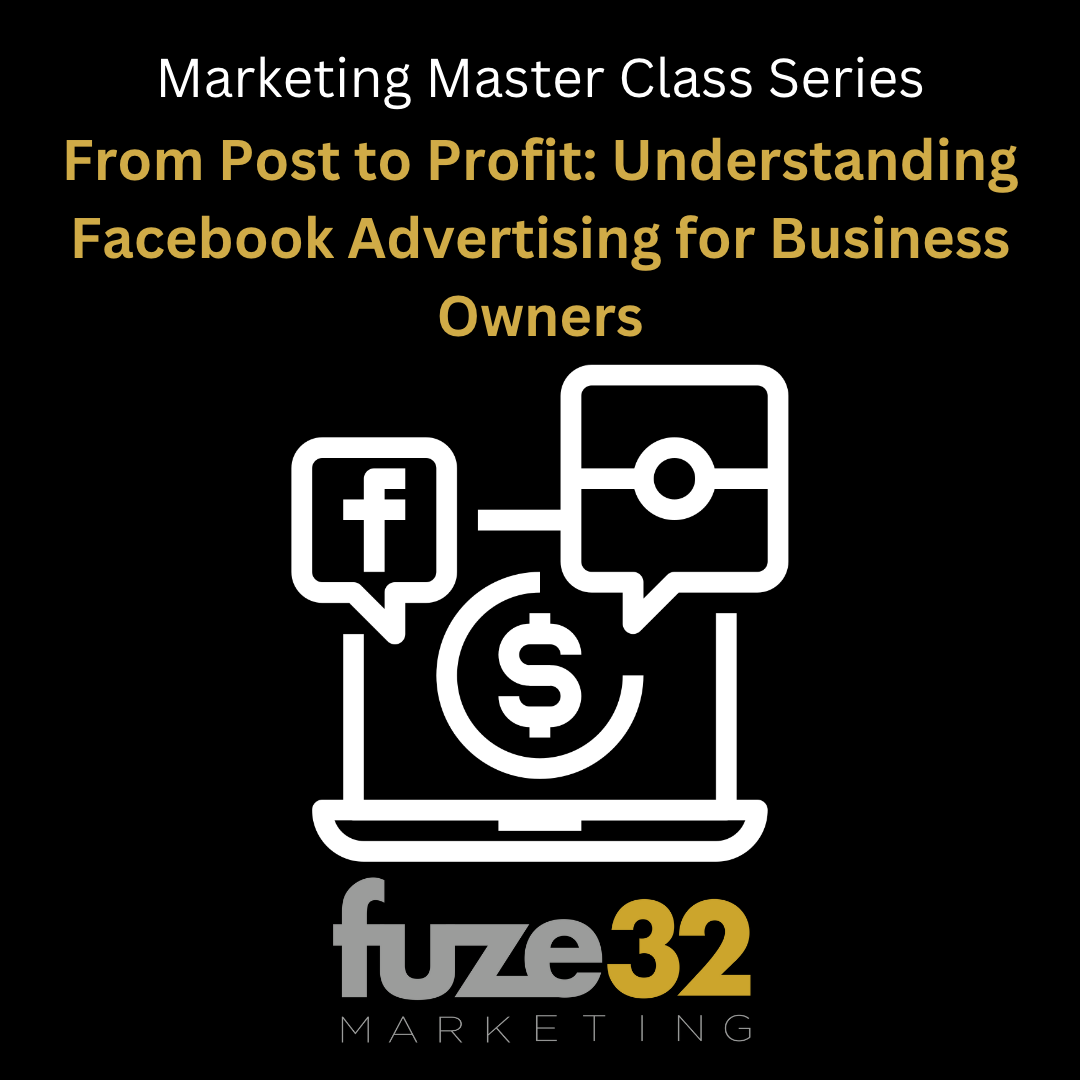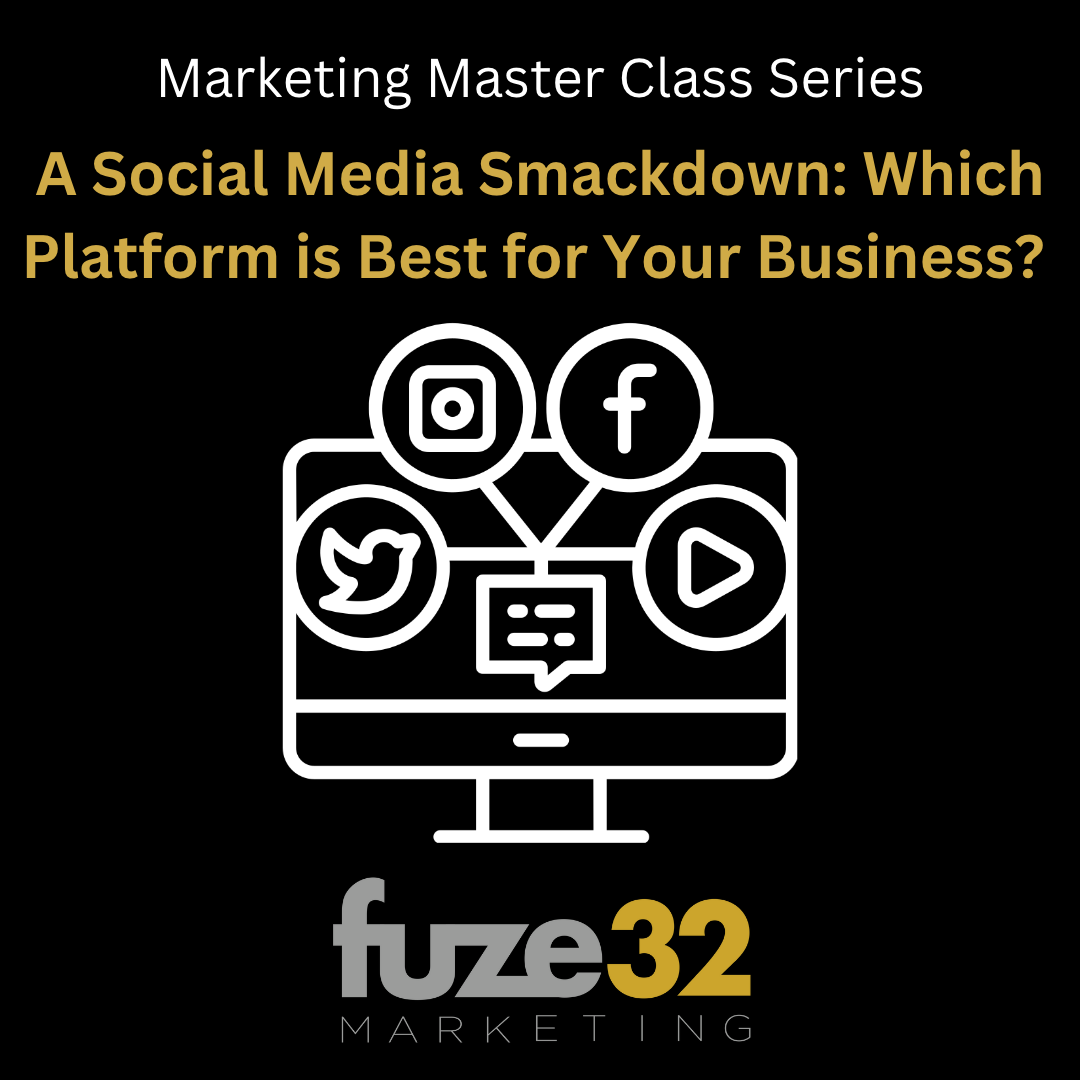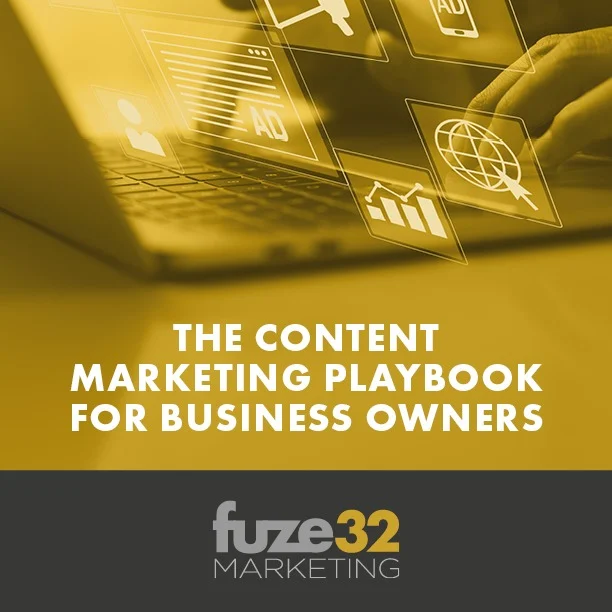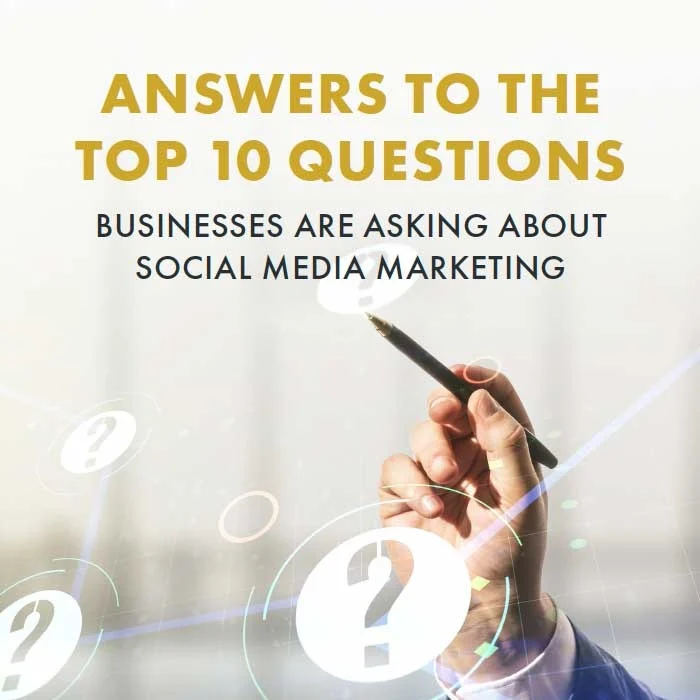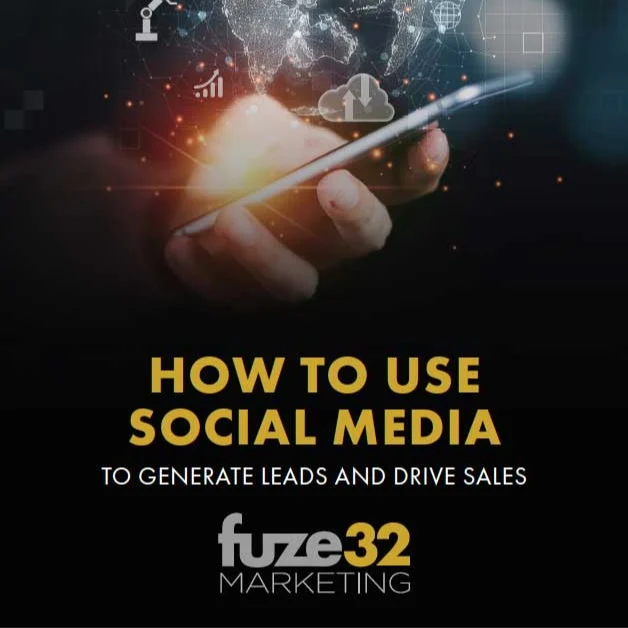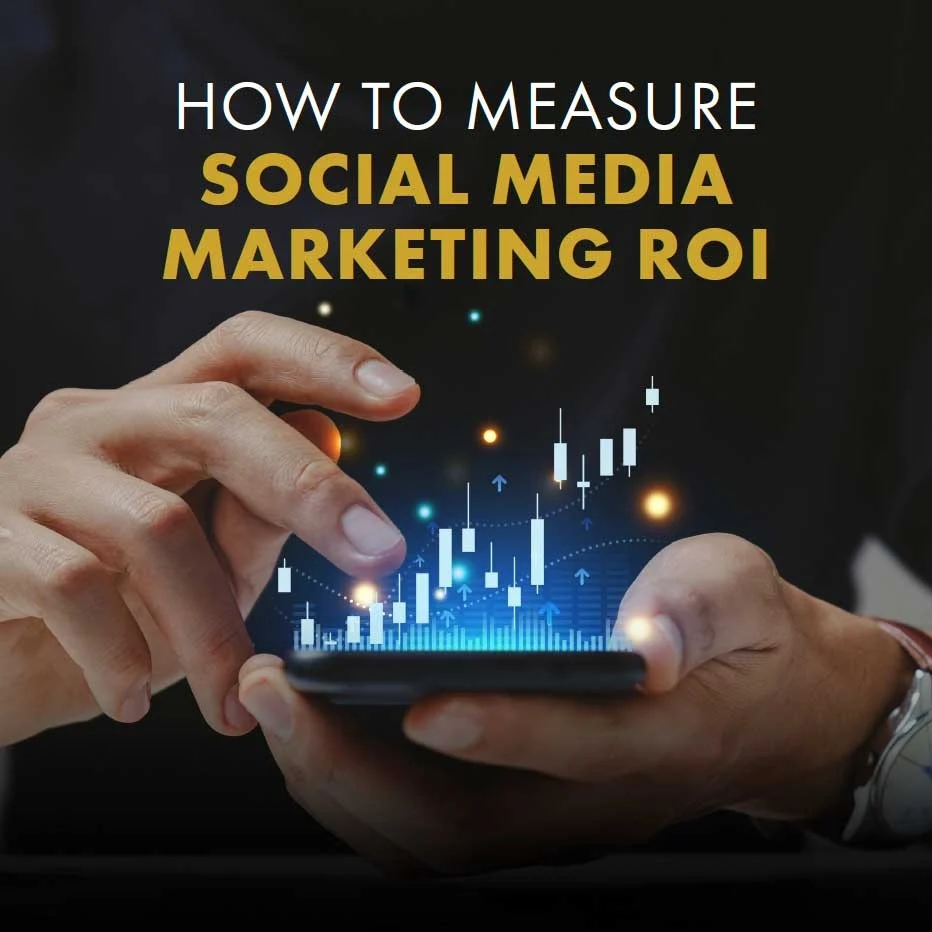Your business logo is one of your brand's most important visual elements. It’s the first thing many potential customers will see, and it is responsible for that crucial first impression, determining whether or not potential customers want to learn more about your business.
Consequently, it’s immensely important to ensure your logo is well-designed and accurately reflects your brand identity. Read on to learn the answer to some engaging questions you, as a business owner or decision maker, should be asking yourself about your current logo:
What is a Business Logo?
When you consider a business logo, you likely think of iconic images like the apple with the bite taken out, representing the Apple brand, or the Nike Swoosh that represents the well-known athletic brand. A business logo is a design or symbol that is used to convey the identity of an organization or company wordlessly. It is the singular image that reflects a brand. Therefore, a business’s logo is immensely important as it is a way to convey a message without uttering a word. This image can be forever associated with the way you do business. After all, 93% of those surveyed said their first impression of a business is based on its logo design.
As a marketing professional or business owner, you likely know that your business’s logo is vital in creating the right impression of your business. However, determining how to design that logo or what should go into that endeavor can be a bit difficult. To make the process easier, answer the following questions to guide you toward your ideal logo design:
1. What Do You Want Your Logo to Say About Your Business?
When contemplating your answer to this question, consider what makes your business unique. This means considering your core values and what kind of image you want to project to your customers. Keep in mind that your logo should communicate all these things. A good example of this put into practice is the Airbnb logo, which looks like an upside-down heart. In actuality, this symbol stands for the combination of people, places, love, and Airbnb to form this symbol.
2. Who is Your Target Audience?
What are the demographics, interests, and more of your target audience? Whatever that is, your logo should be designed to appeal to this target audience. It should also resonate with this group on an emotional level. A target audience is a specific group of customers that you want to target for your service and/or product. Not taking this group into consideration, you can actually waste a great deal of money by creating a logo that fails to engage the right audience. Therefore, it’s important first to define your target audience and then create a logo that speaks to that group.
3. What Are Your Competitors Doing?
Take a look around at the logos of your competitors. What are they doing well? What, perhaps, could they be doing better? Use this information to create a logo that stands out from the competition and makes your business memorable. In many cases, understanding and knowing the look of your competitors' logos can help you determine how your brand’s logo can stand out. You want to create something that is distinctive enough that it isn't confused with another brand. Of course, if there is something you like about your competitor’s logo, then you can always be inspired by what is done well. 
4. What Kind of Logo Do You Want?
There are many different types of logos, including wordmarks, letterforms, abstract symbols, and mascots. Choose a type of logo that is appropriate for your industry, and that will work well for your business. Wordmarks are ideal if your brand has a well-known or established business name or reputation. Other types of logos include letterforms, which are also ideal if a brand is well known, like Uber, Facebook, Netflix, or McDonald's. Abstract symbols can help you solidify your brand identity; consider examples like Pepsi or the aforementioned Airbnb. Finally, mascots are yet another way to represent your brand and are generally playful and fun. A good example is Tony the Tiger of Kellogg's, or Peanut, the mascot of Planters.
5. What Colors And Fonts Should You Use?
Colors and fonts can evoke different emotions and associations in people. Therefore, it’s important to choose colors and fonts that are consistent with your brand identity and that will communicate the desired message to your target audience. Colors are immensely important and can instantly communicate a message. For example, red is known as a color of adventure, excitement, love, and passion. In contrast, purple is known as the color of royalty, creativity, and spirituality, and on and on it goes. Keep this information in mind because fonts and colors in your logo do matter!
6. Is Your Logo Versatile?
Your logo should look good on various materials, from your website to your business cards to your signage. Choose a design that is simple and scalable. It does you no good to create a logo that looks phenomenal on a business card, but that doesn't scale well and look good on a large sign. Make sure that it can look good with inverse colors. In other words, you need to have a color option, but also a black/white option. You also need one that can look good on a black background and then also on a white background. Therefore, make sure that your logo is versatile enough to be used for a variety of advertisements.
7. Is Your Logo Timeless?
You don’t want to have to redesign your logo every few years. Choose a design that is classic and will stand the test of time. This means avoiding trends that will wane and fade away. It also demands you create a memorable look that is simple in nature and will age well. There will come a time in the future when you'll want to refresh your logo and update it, but make sure the one you have now has staying power.
Answer These Questions to Create a Great Logo
Ask yourself the seven questions listed above and evaluate your answers to create a business logo that is effective, visually appealing, and timeless. Remember, a good logo that properly reflects your brand is immensely important and necessary in creating the image you want to communicate from your brand to your audience. 


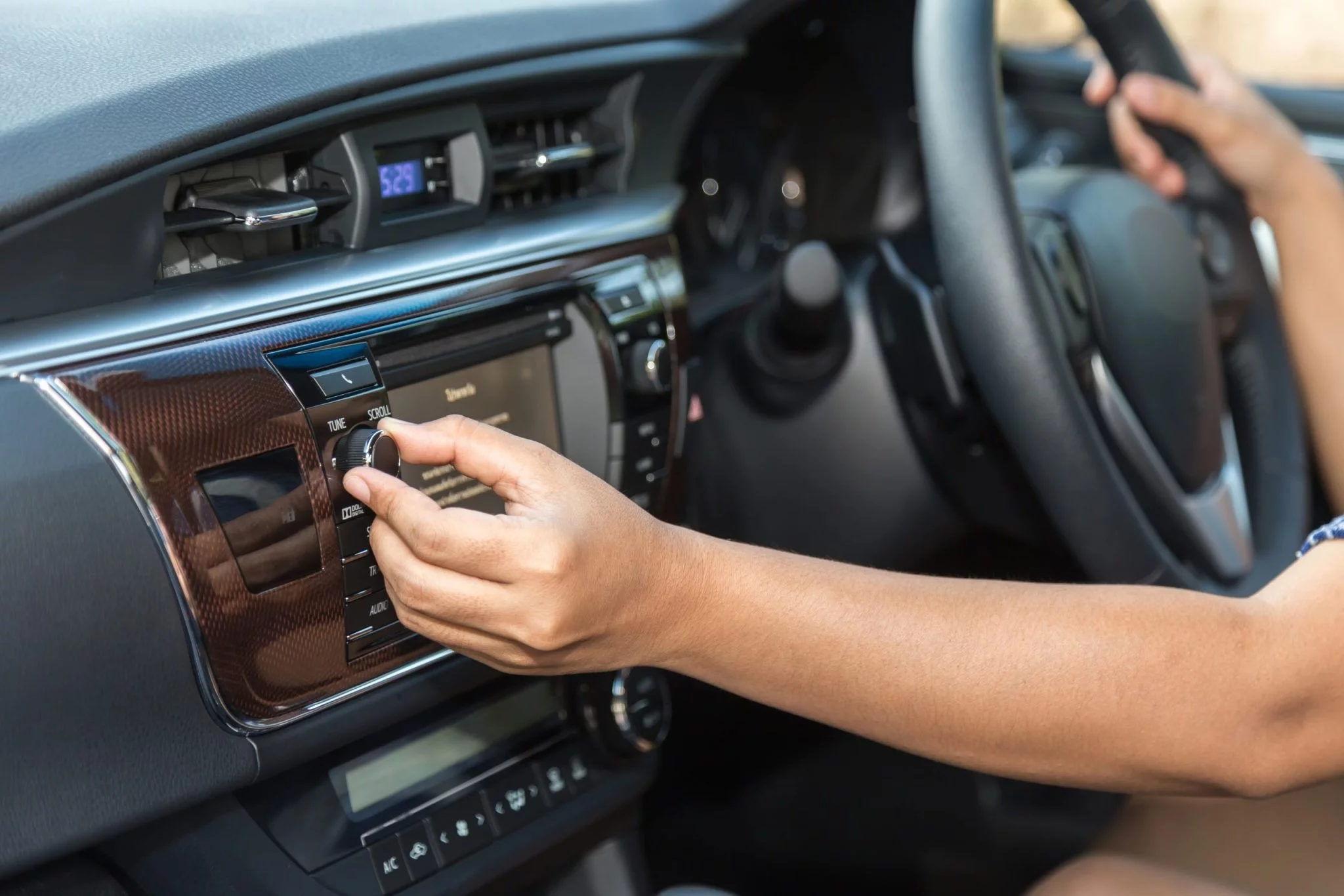
.webp)


